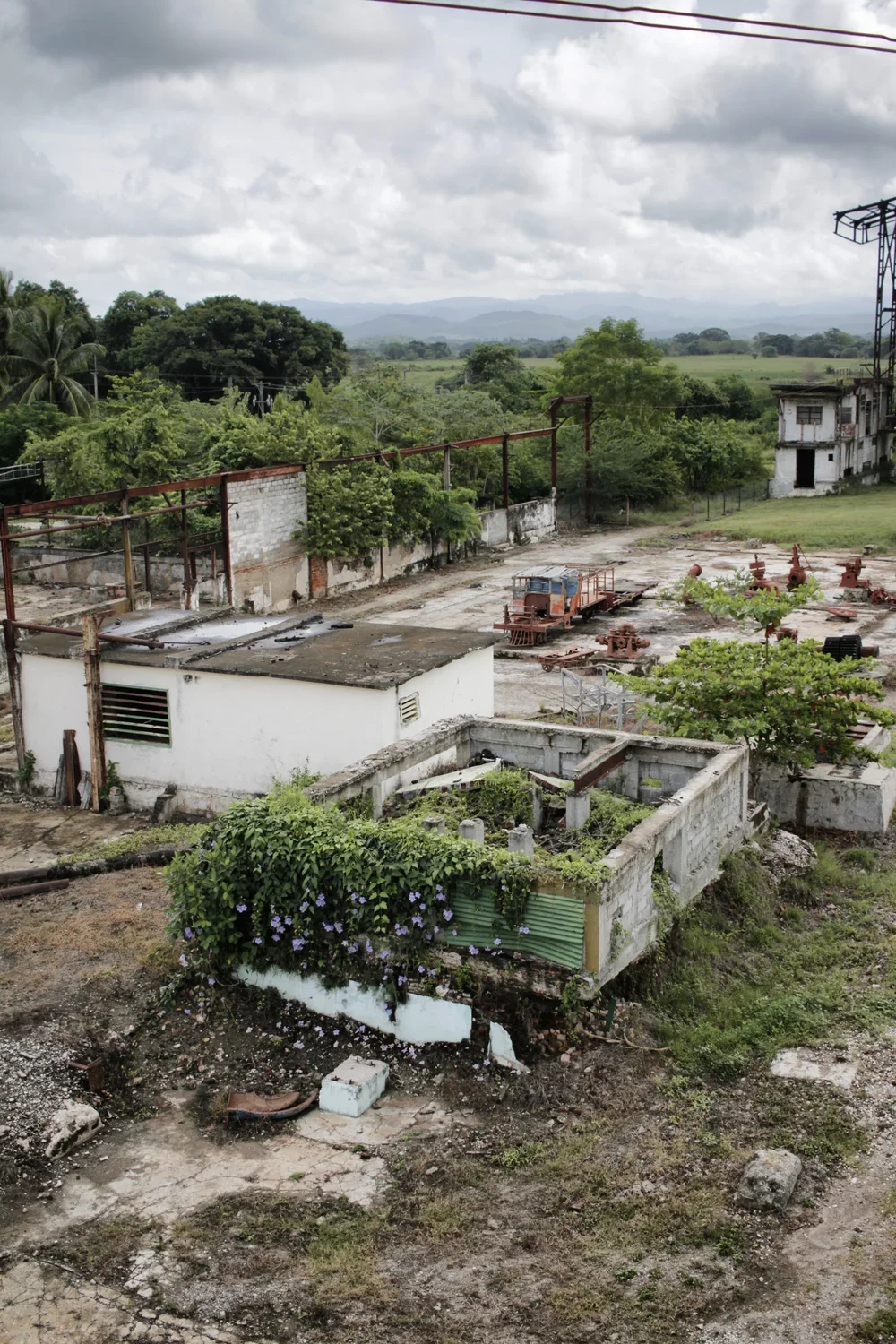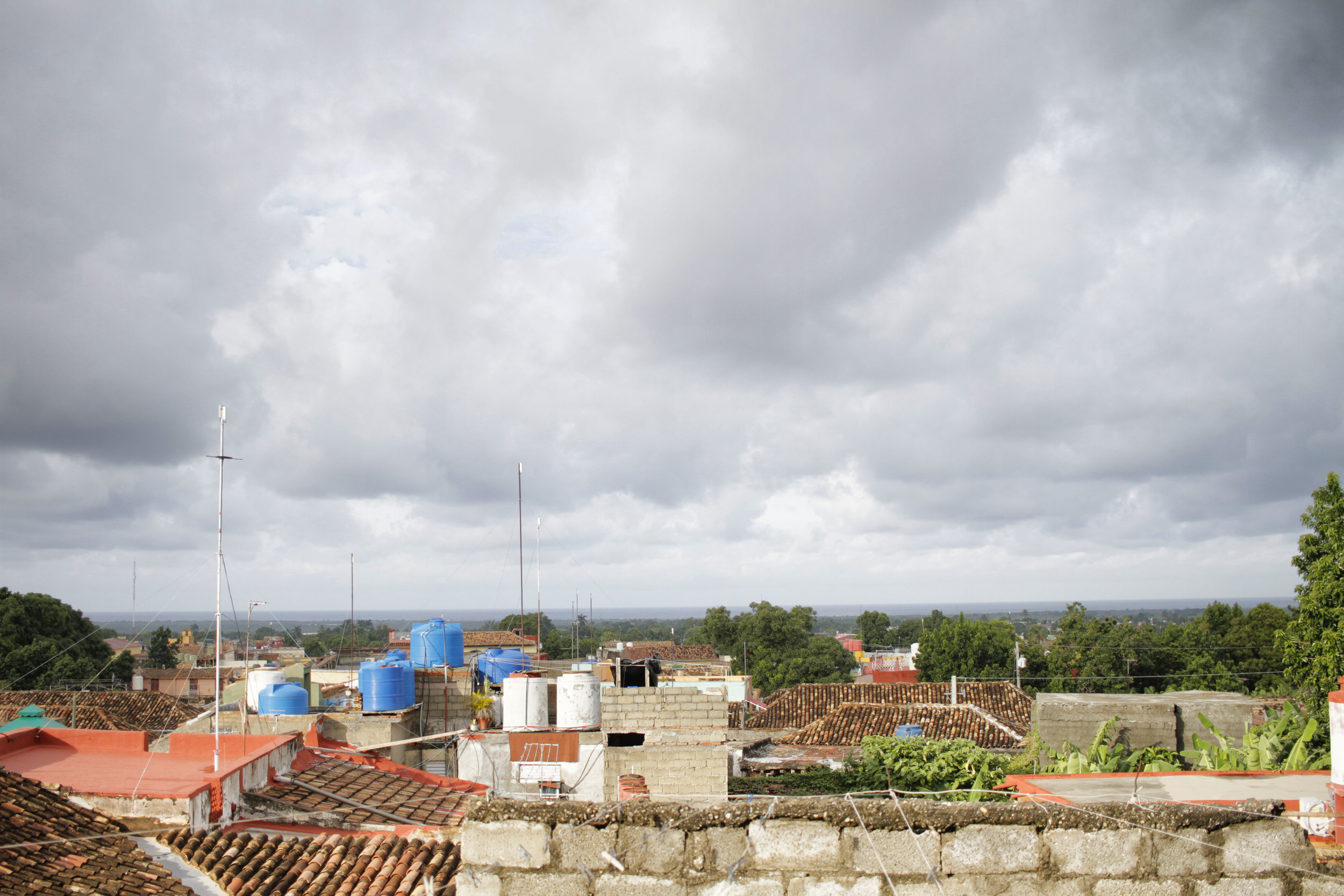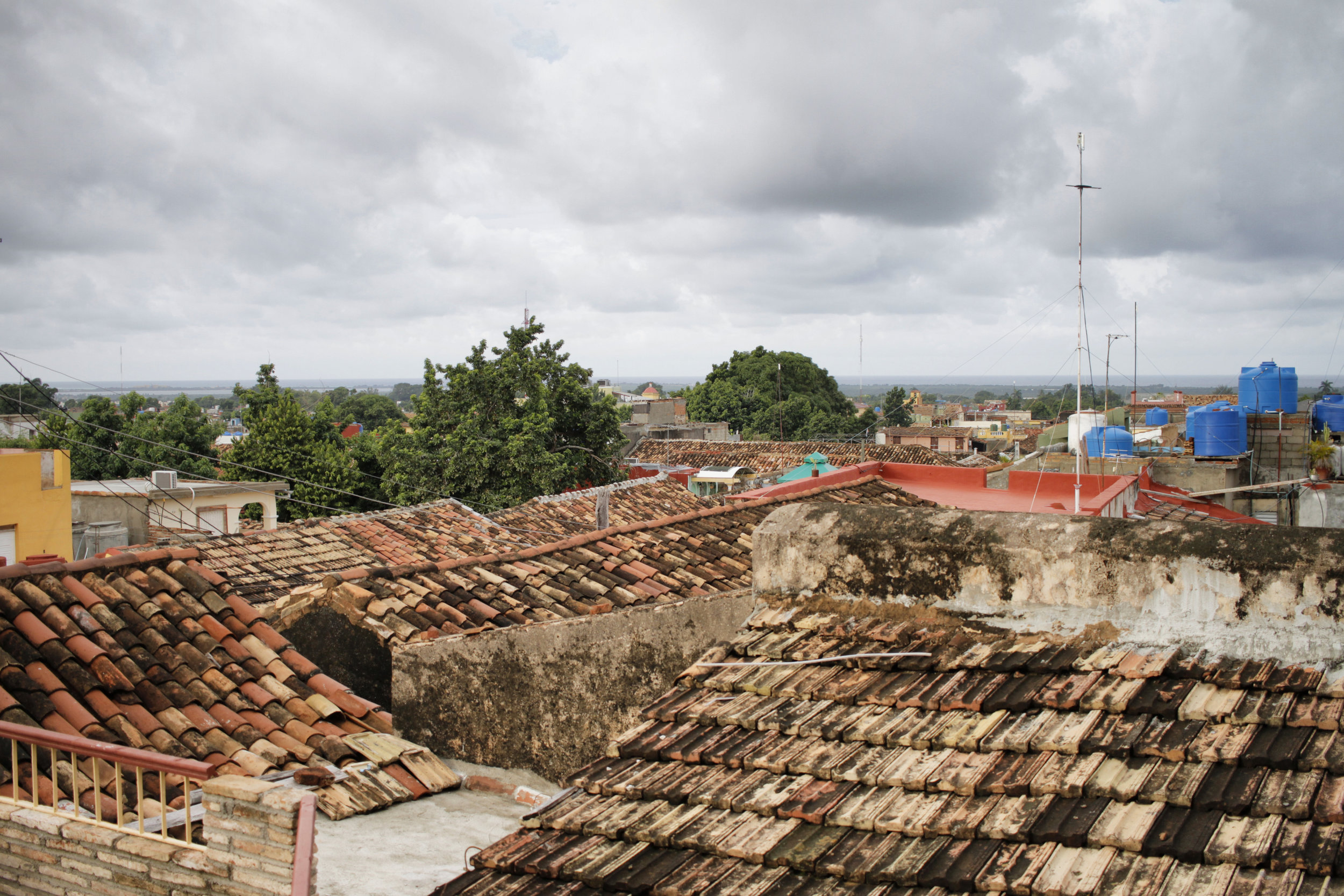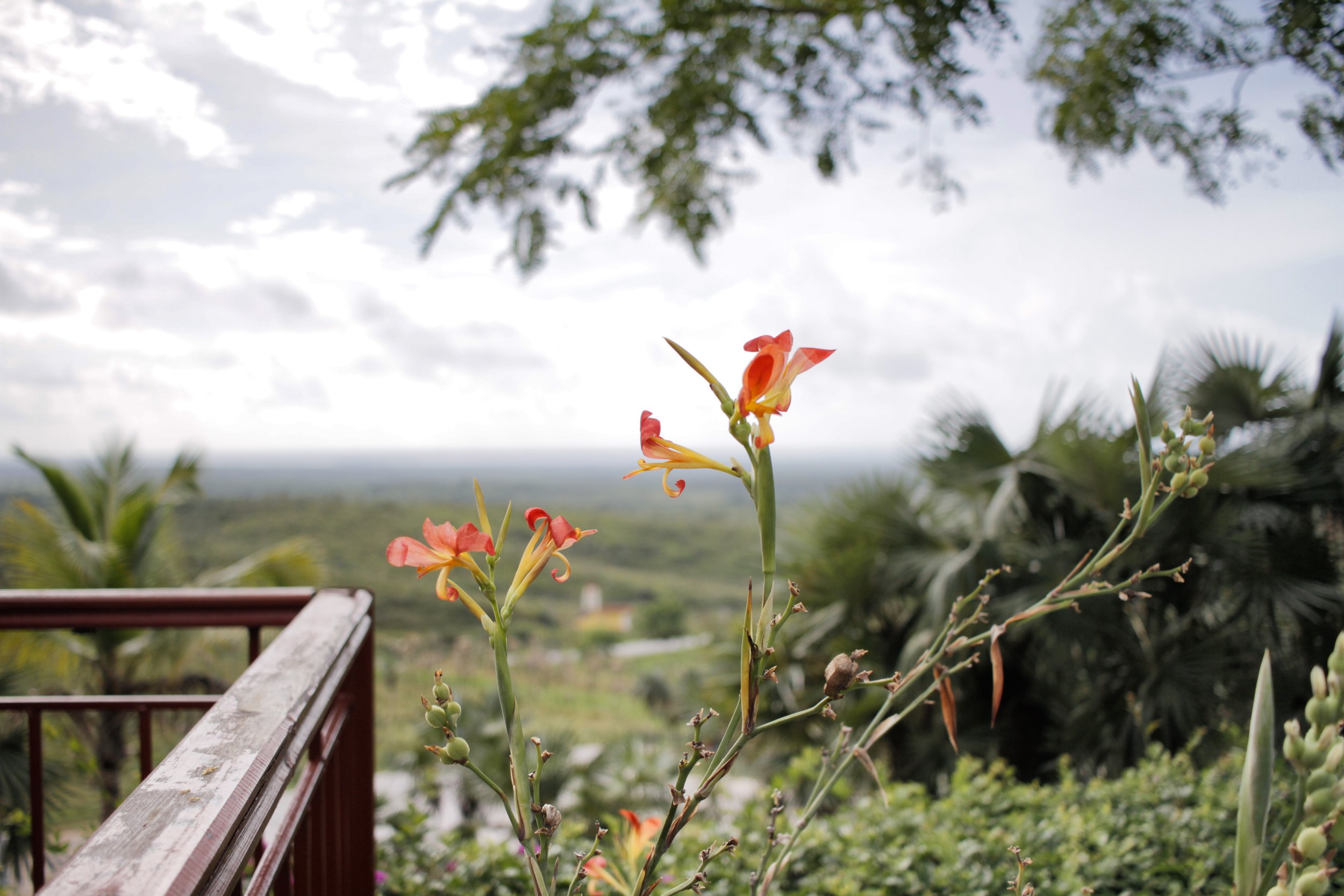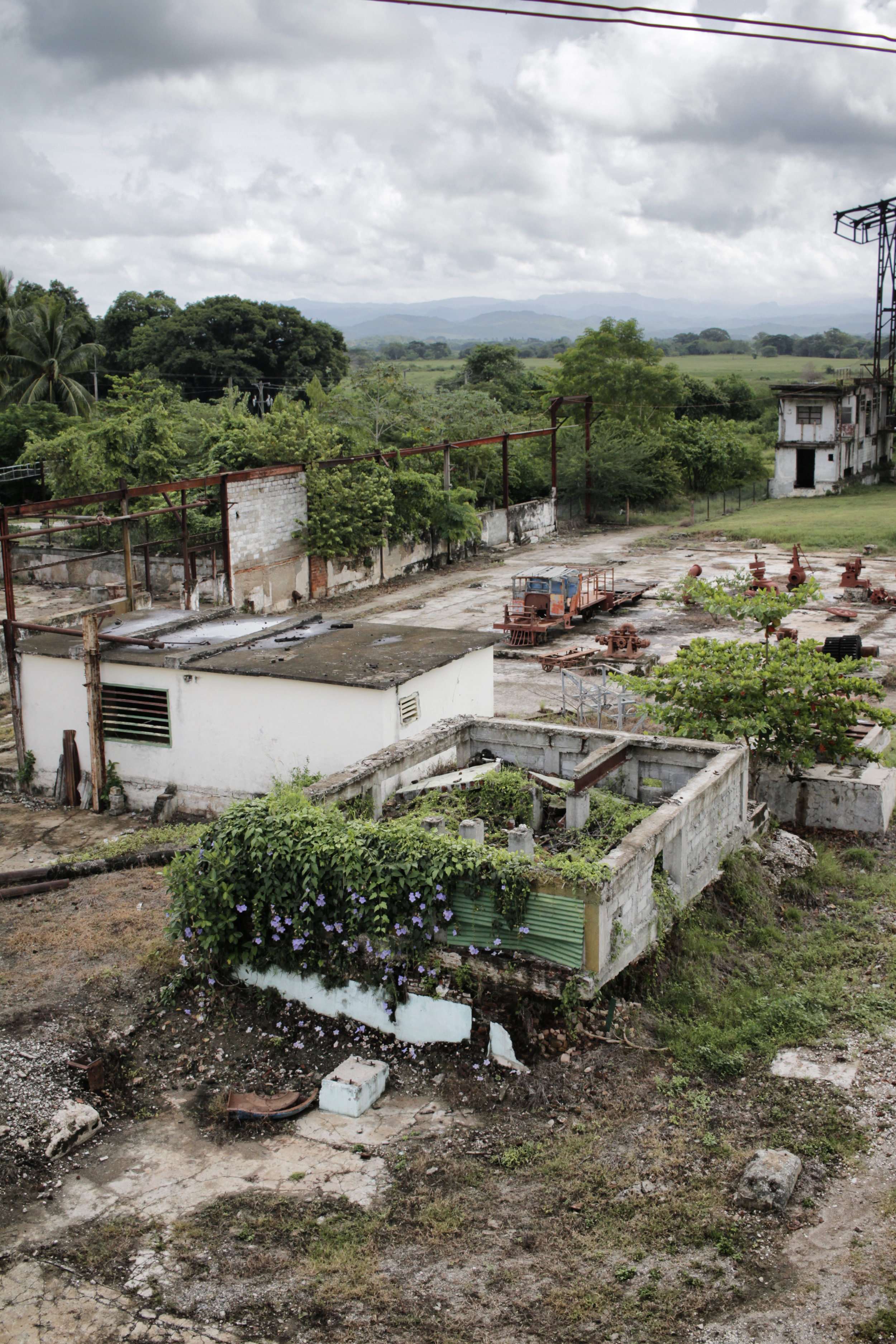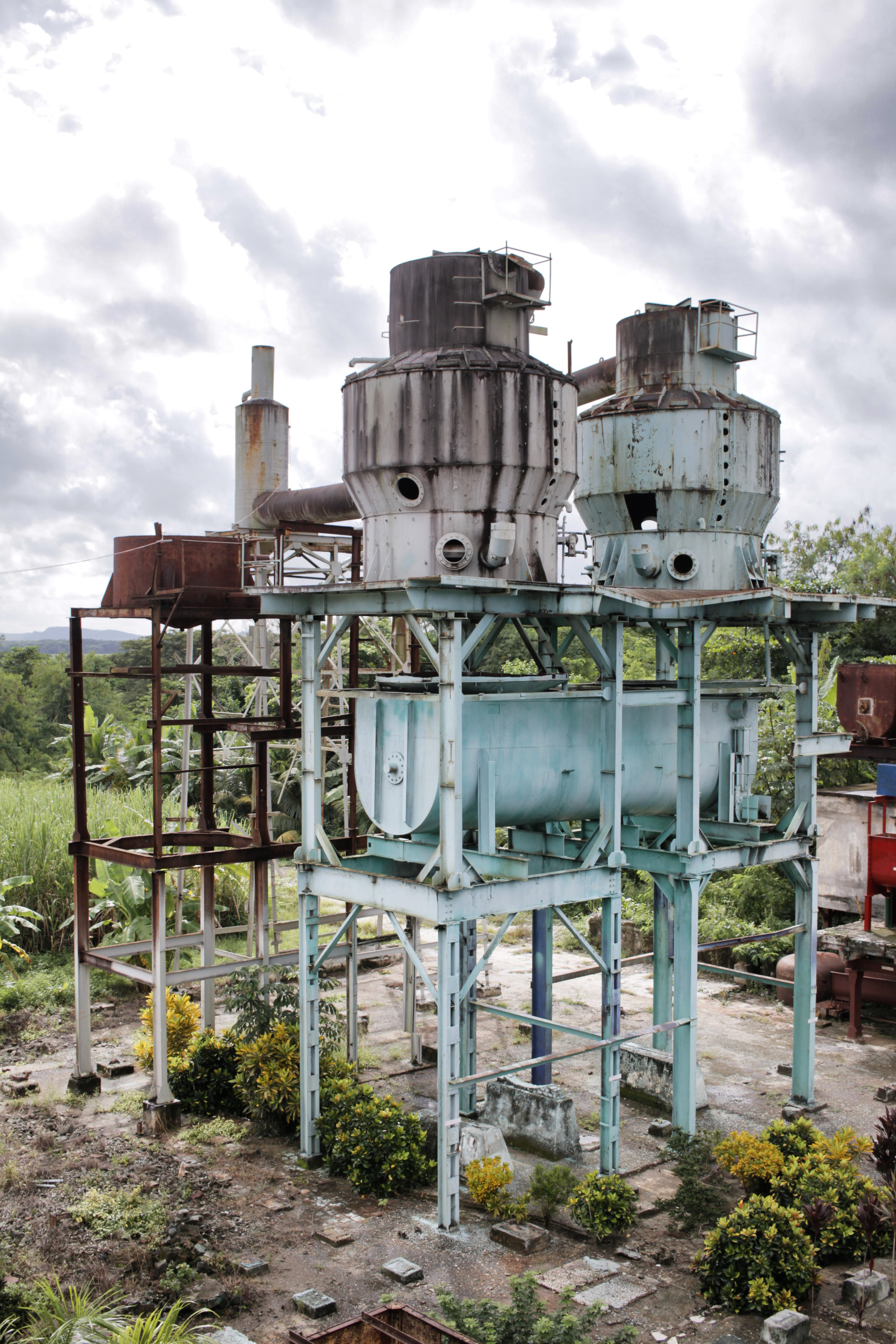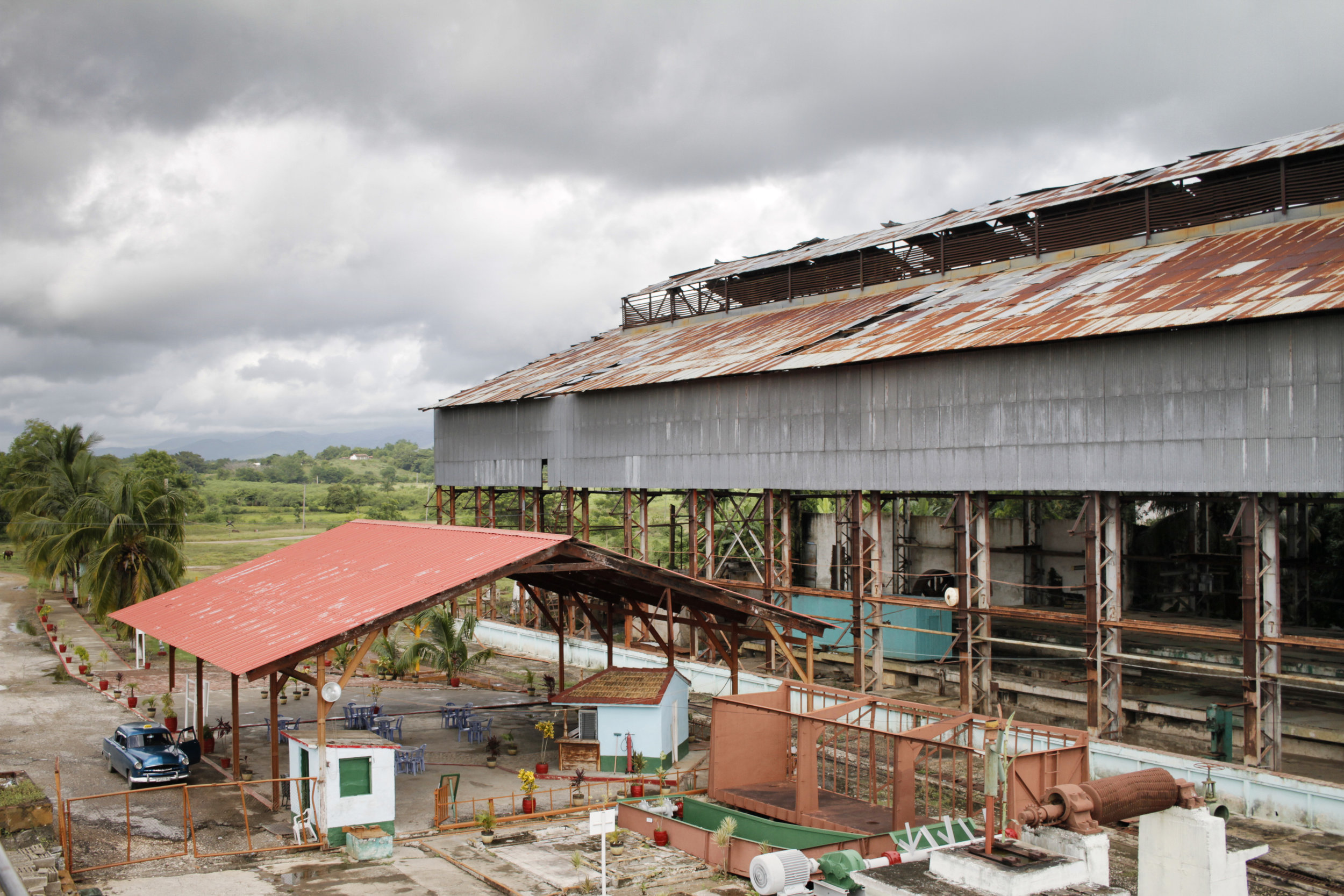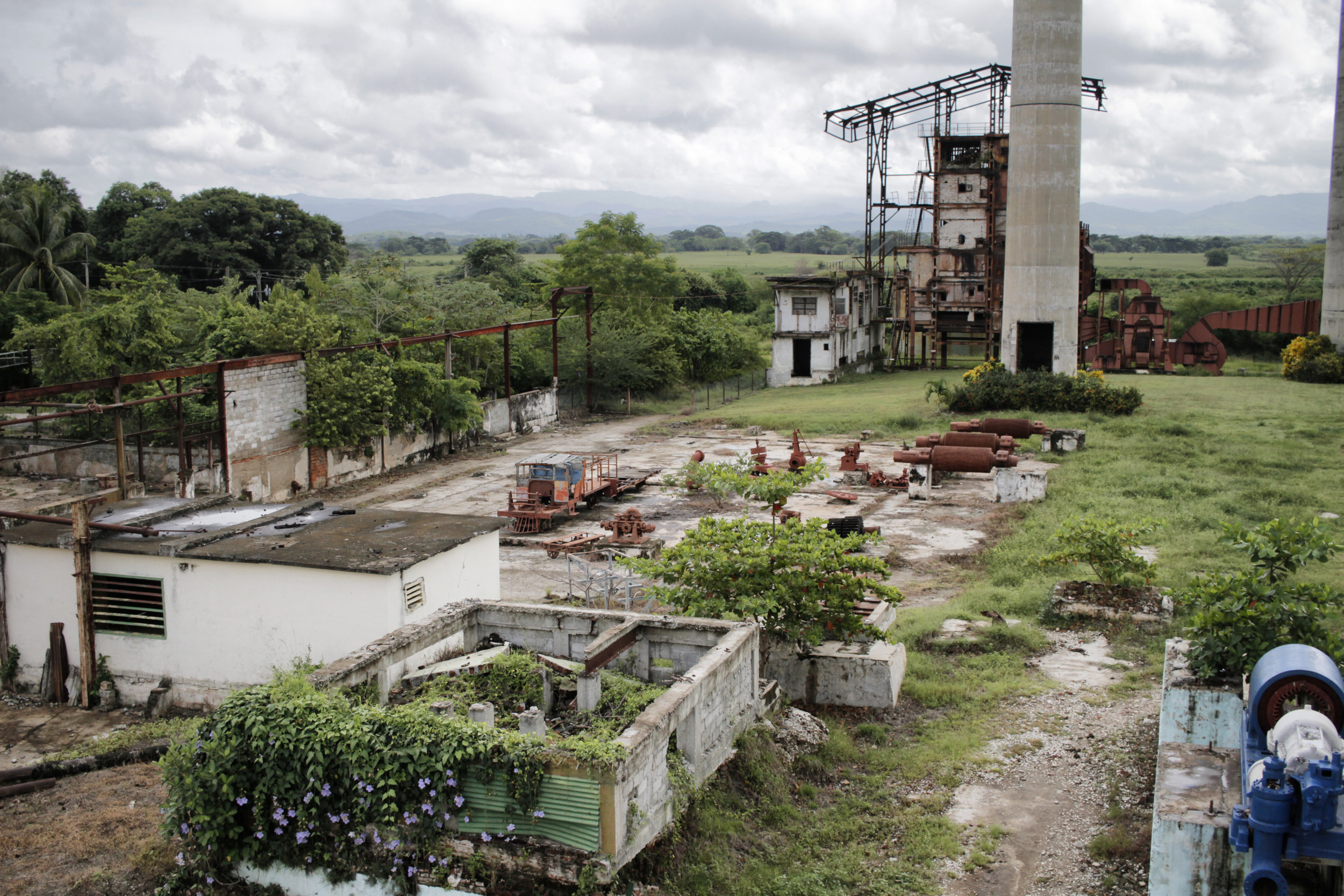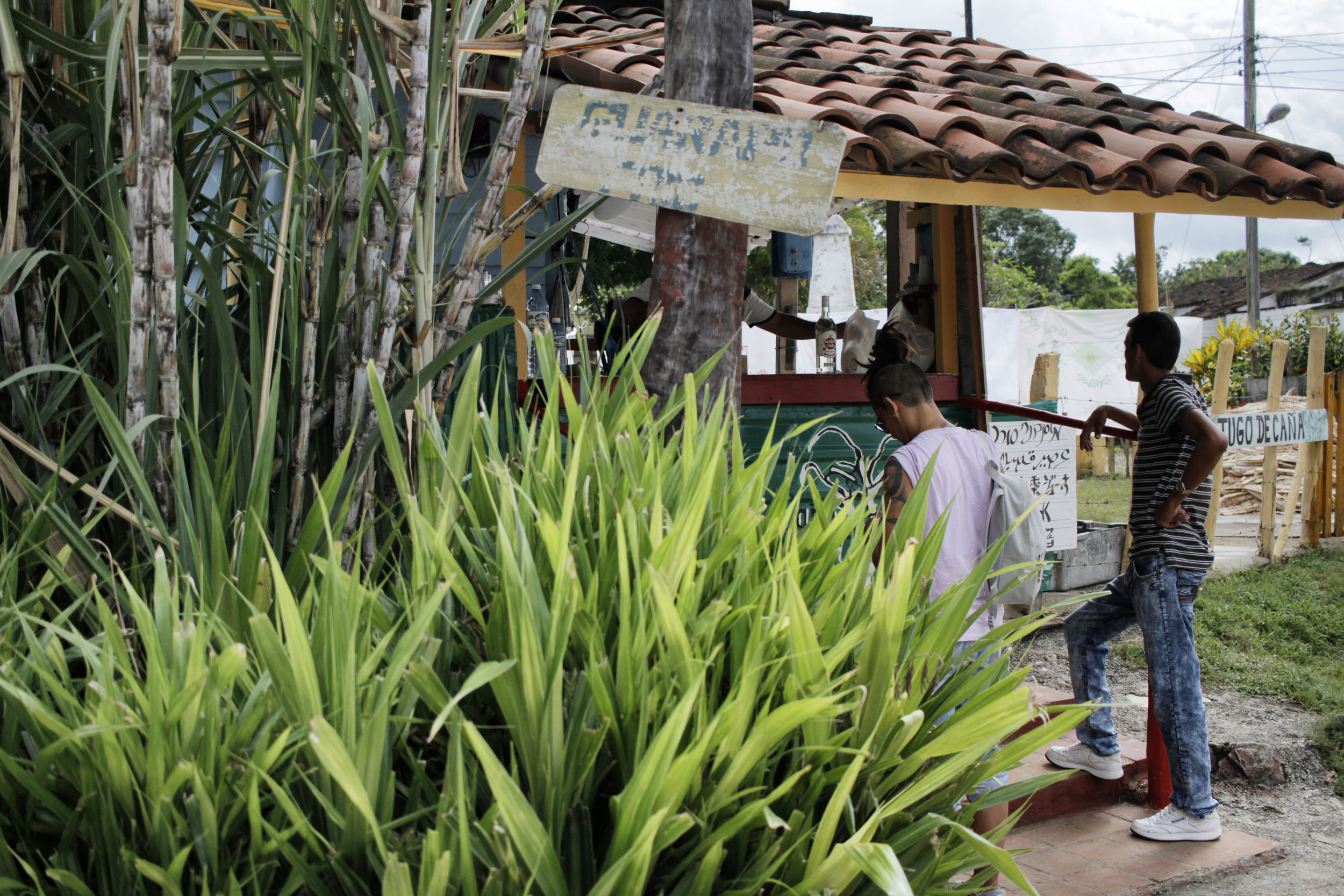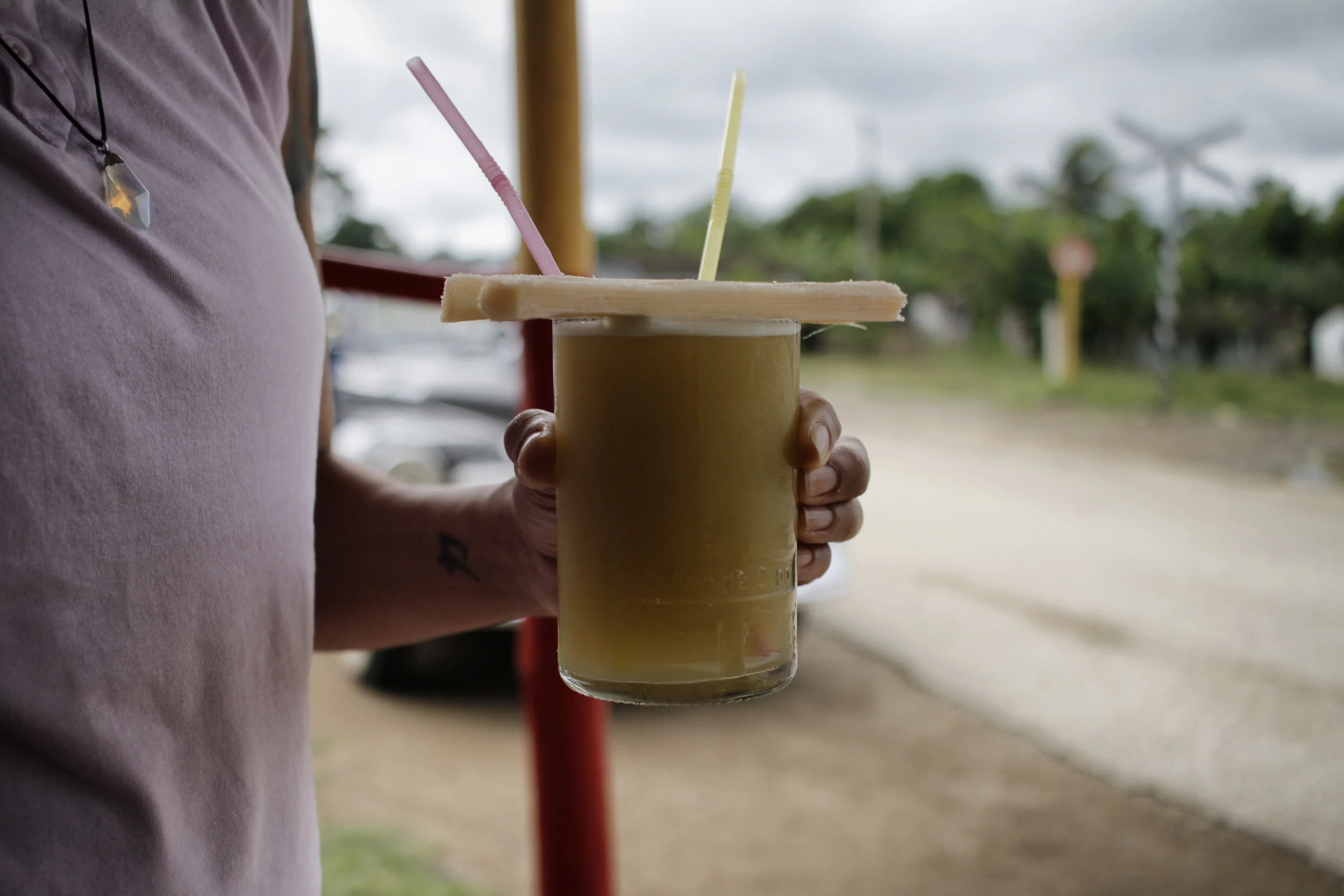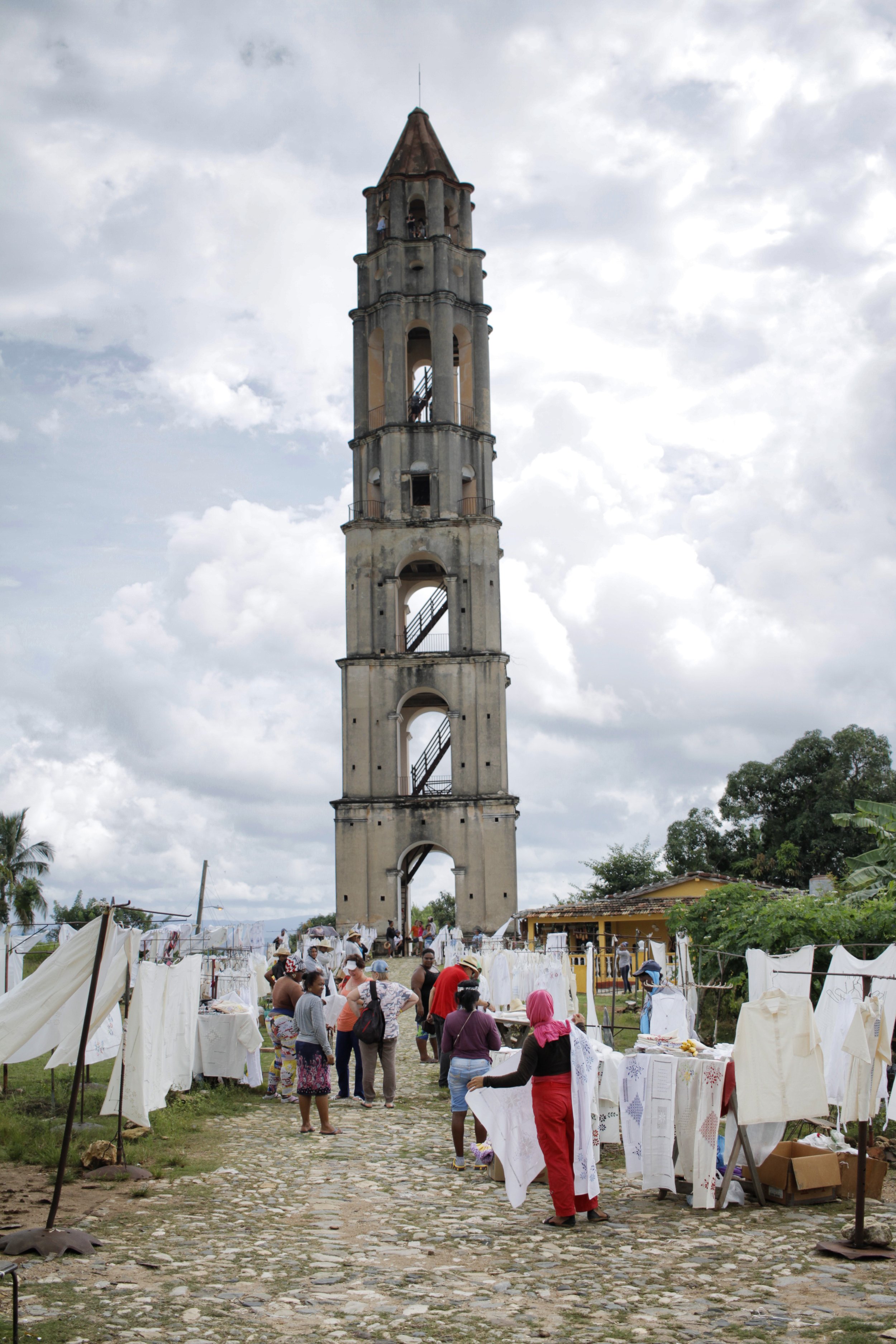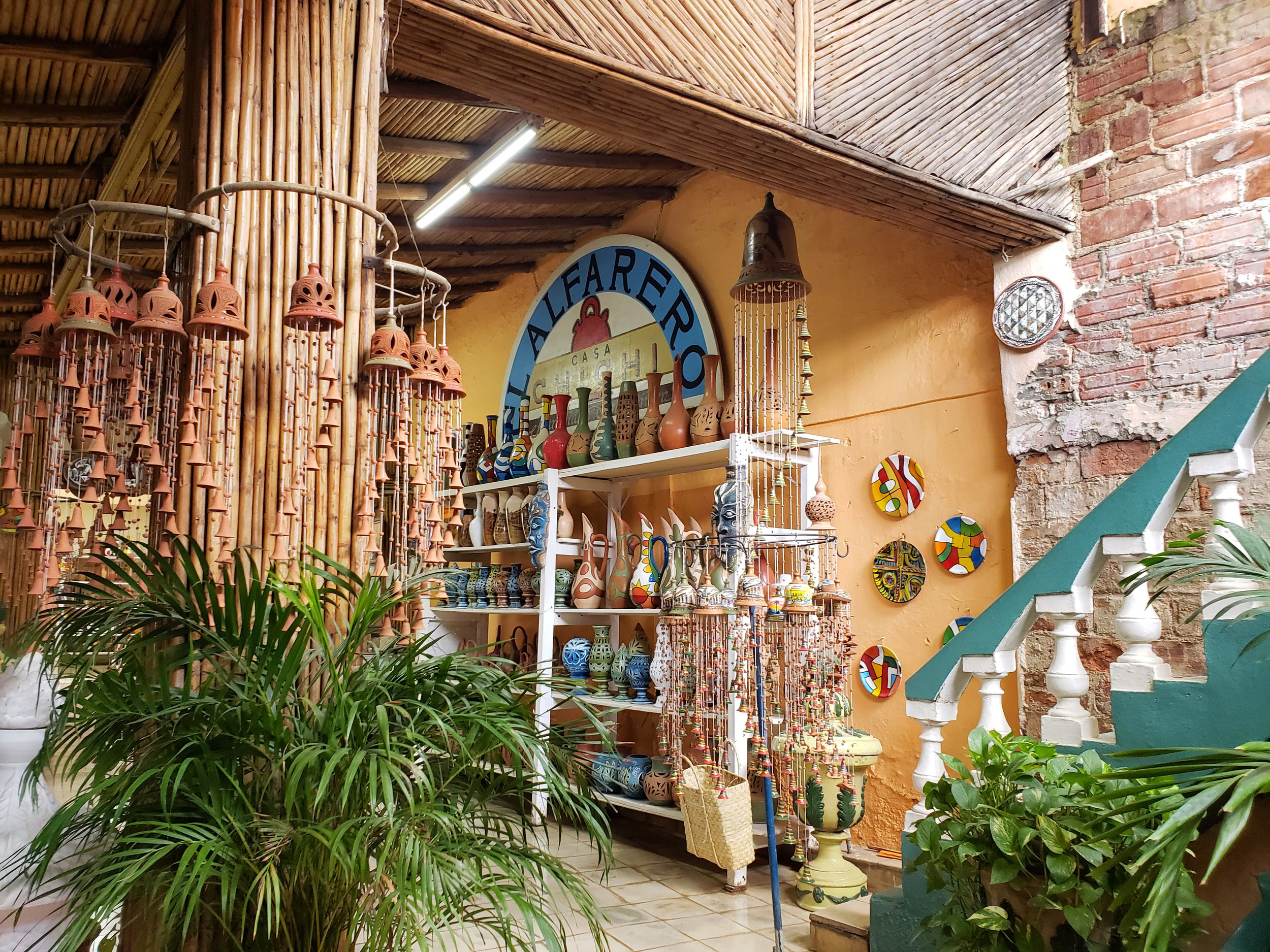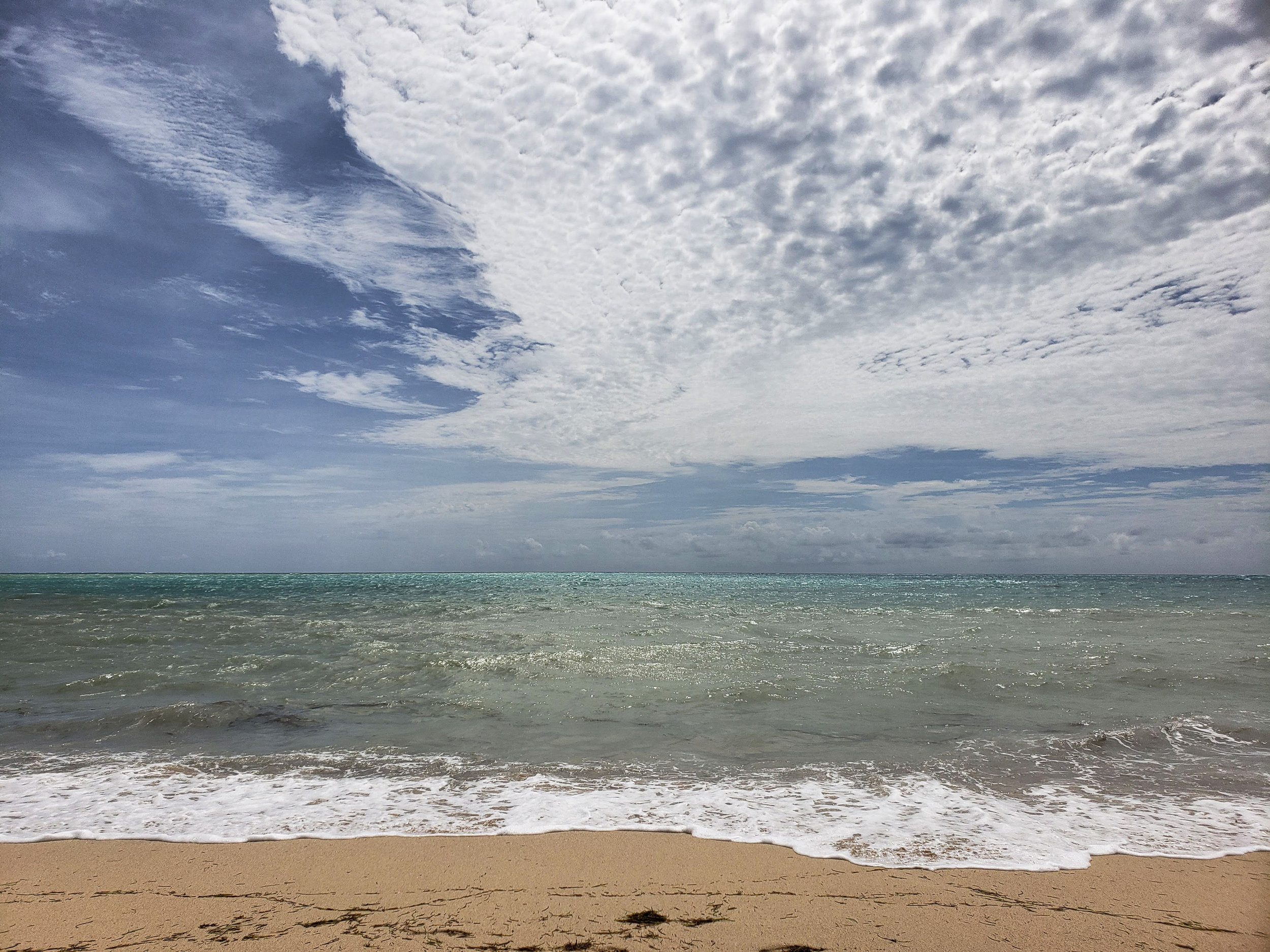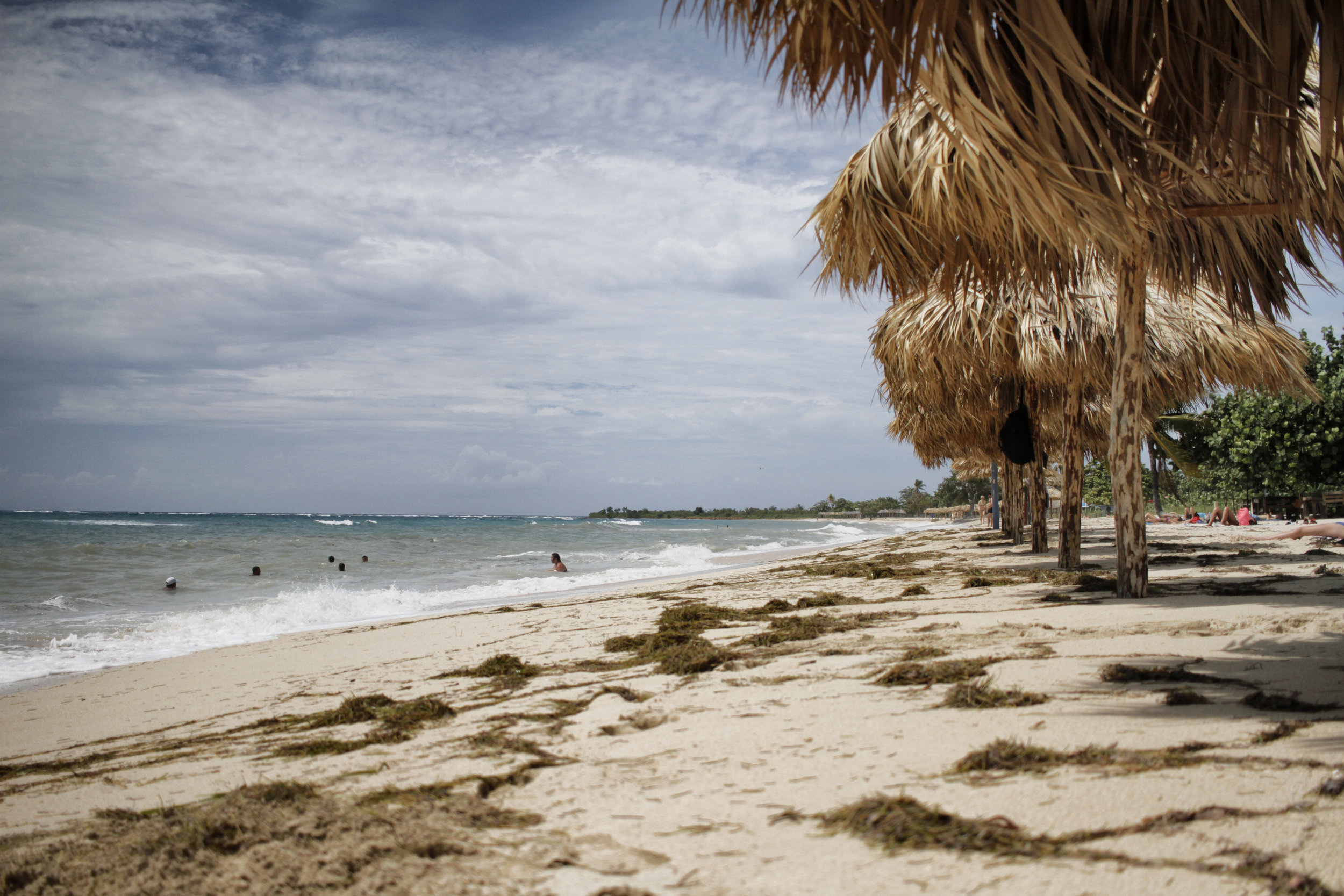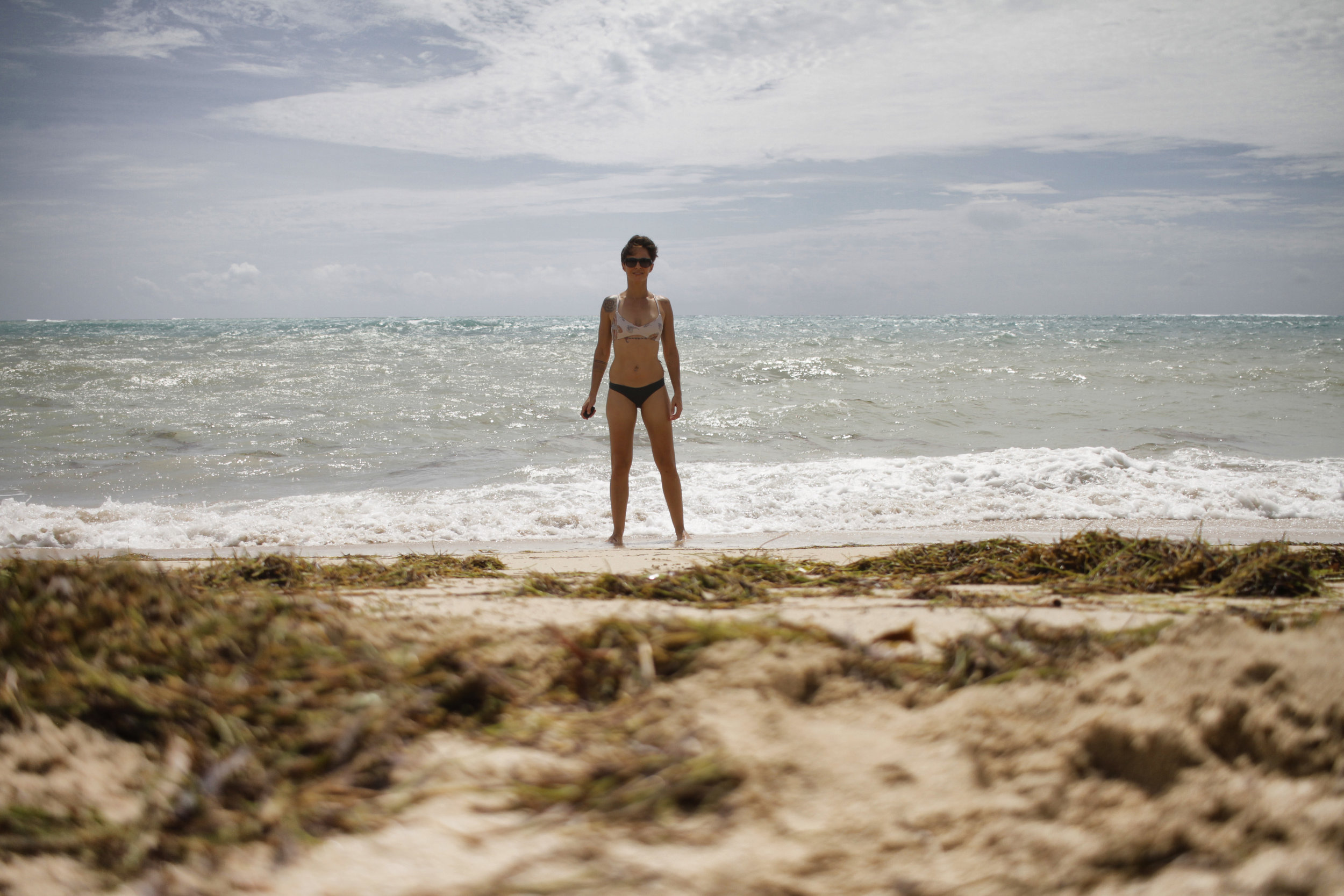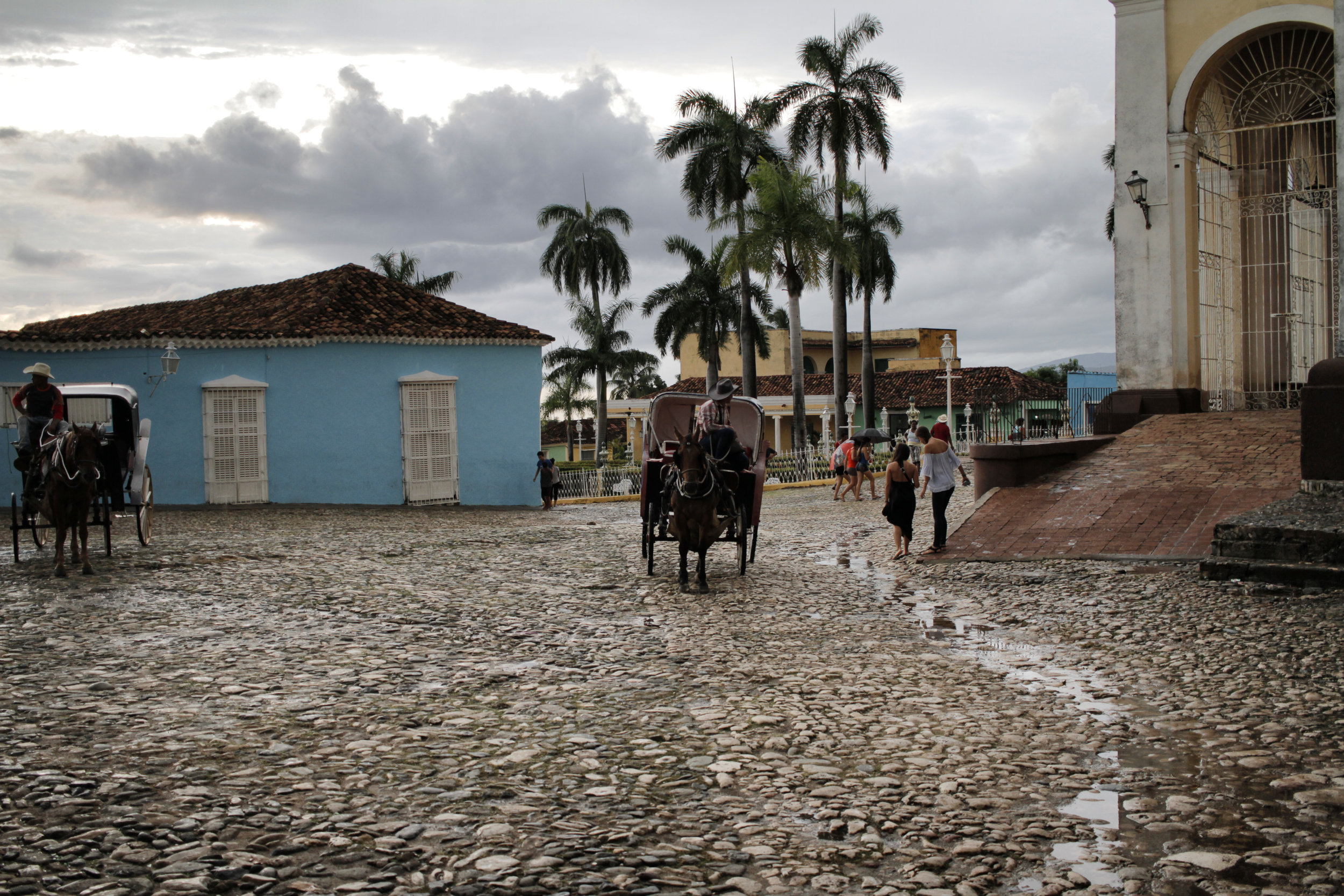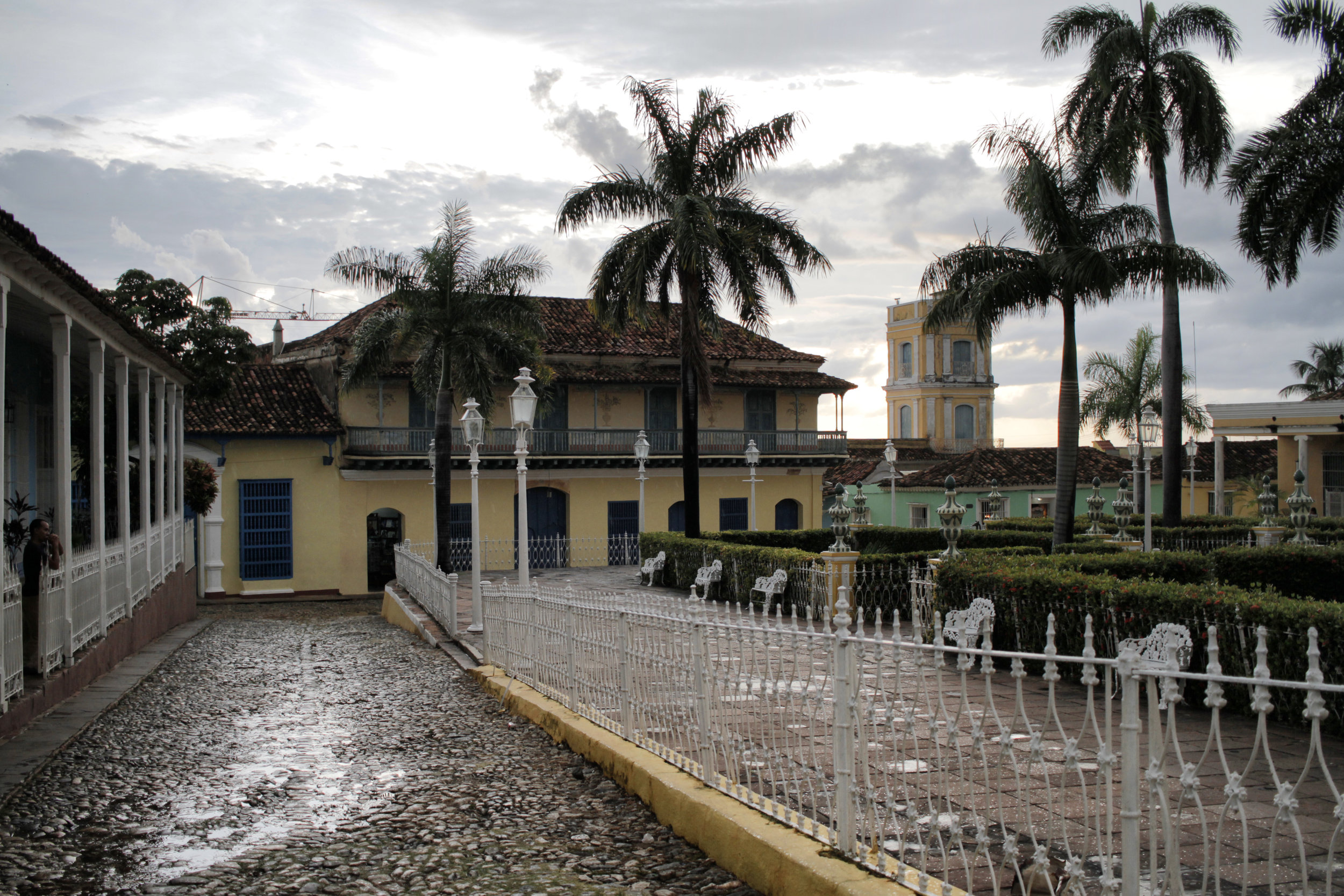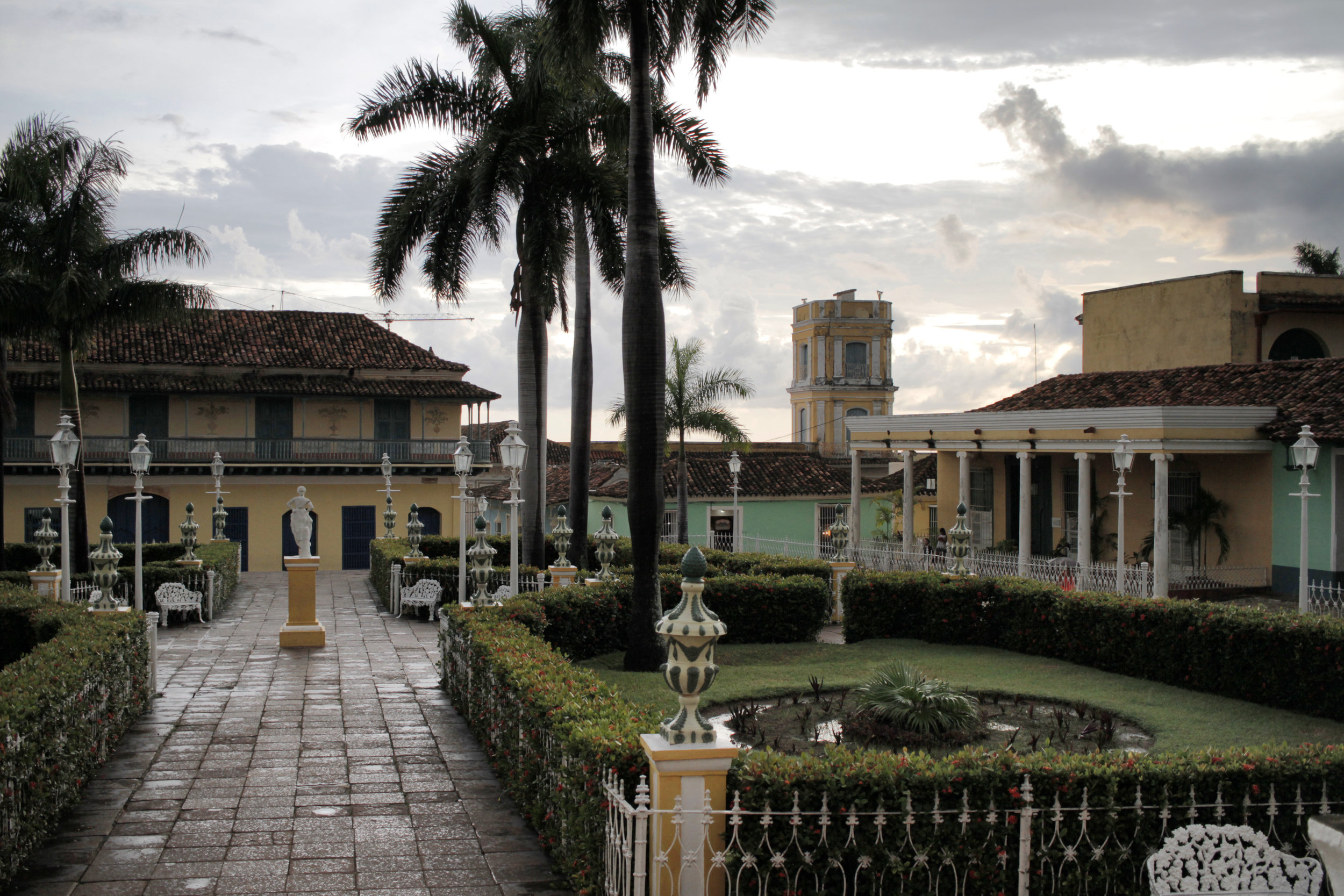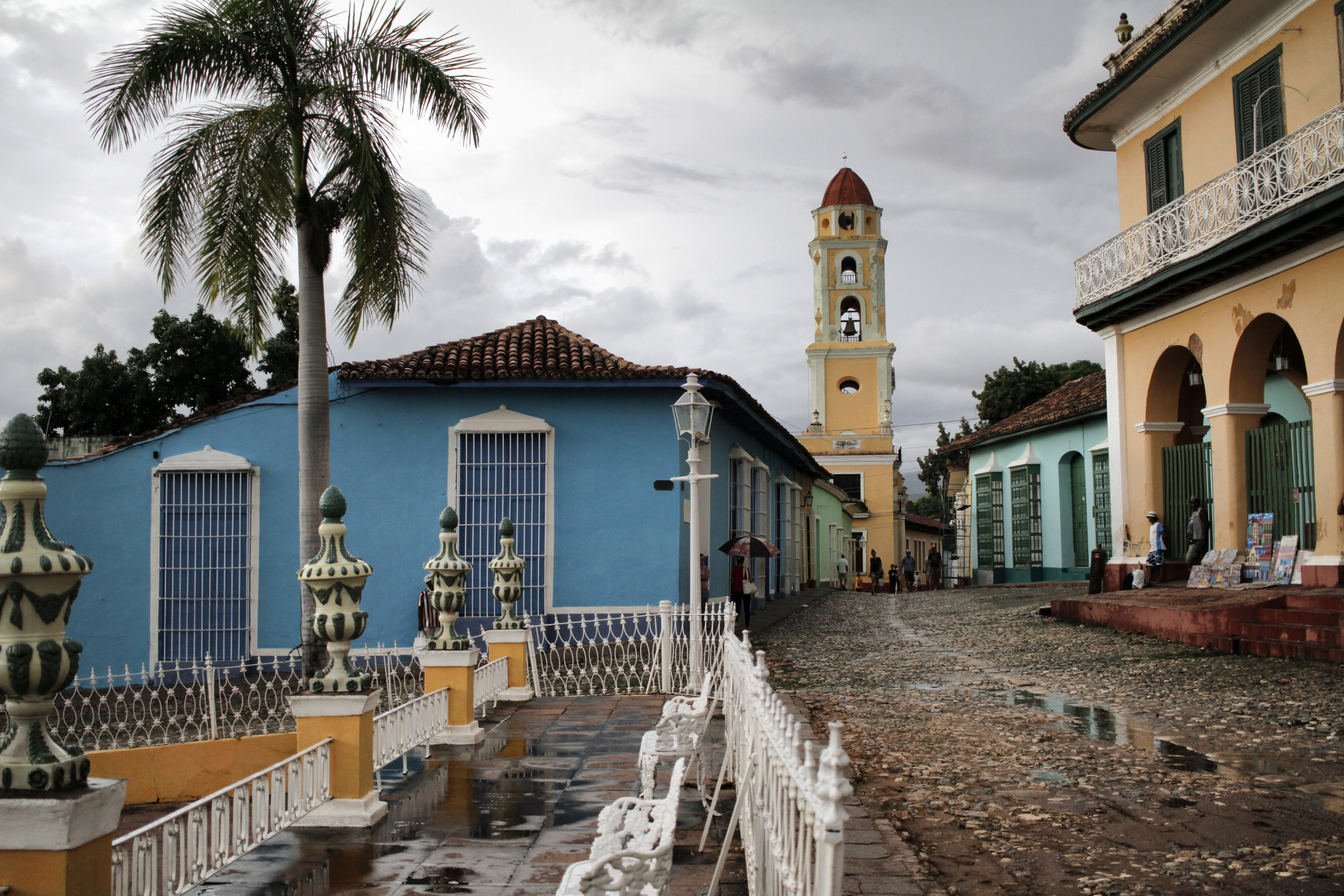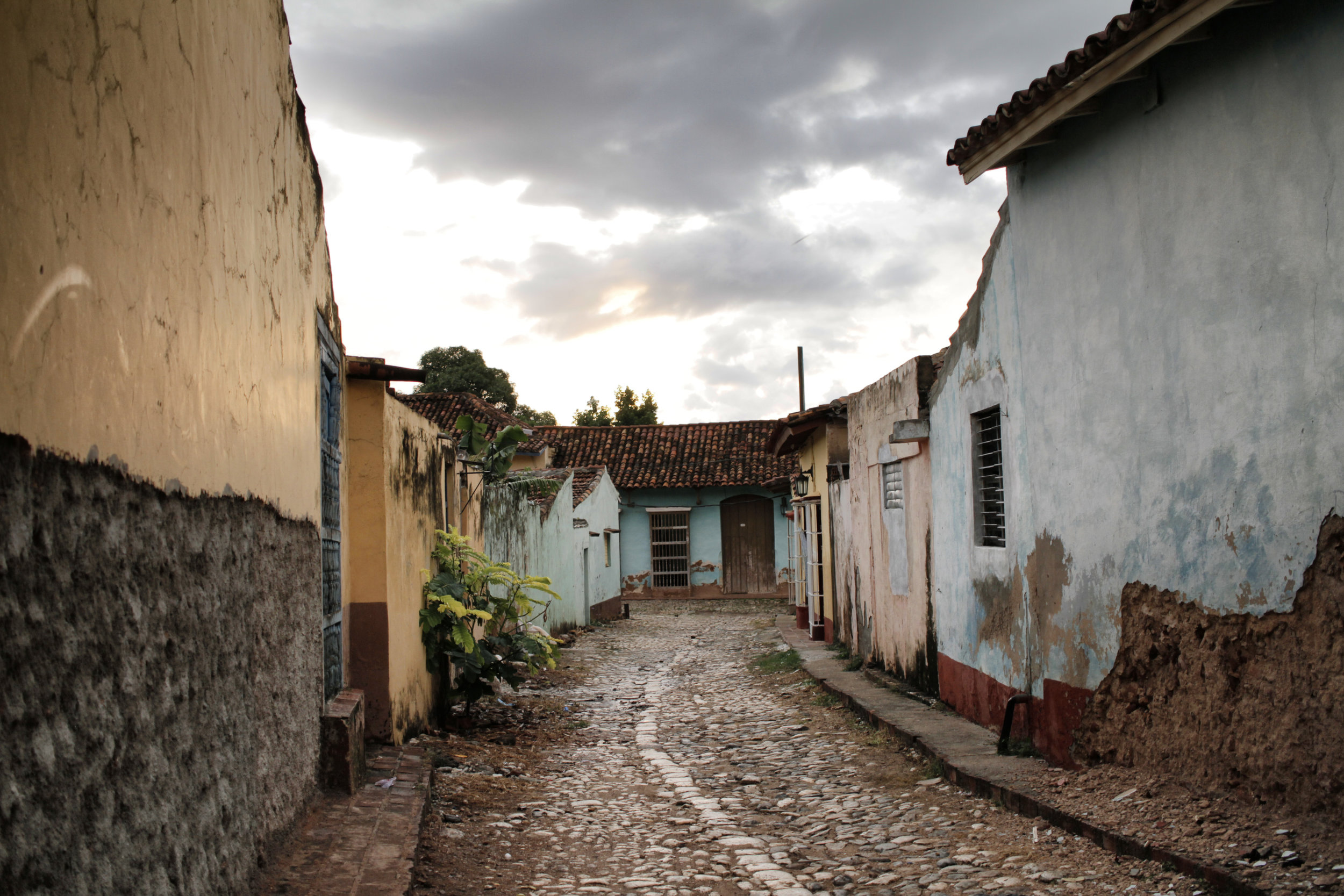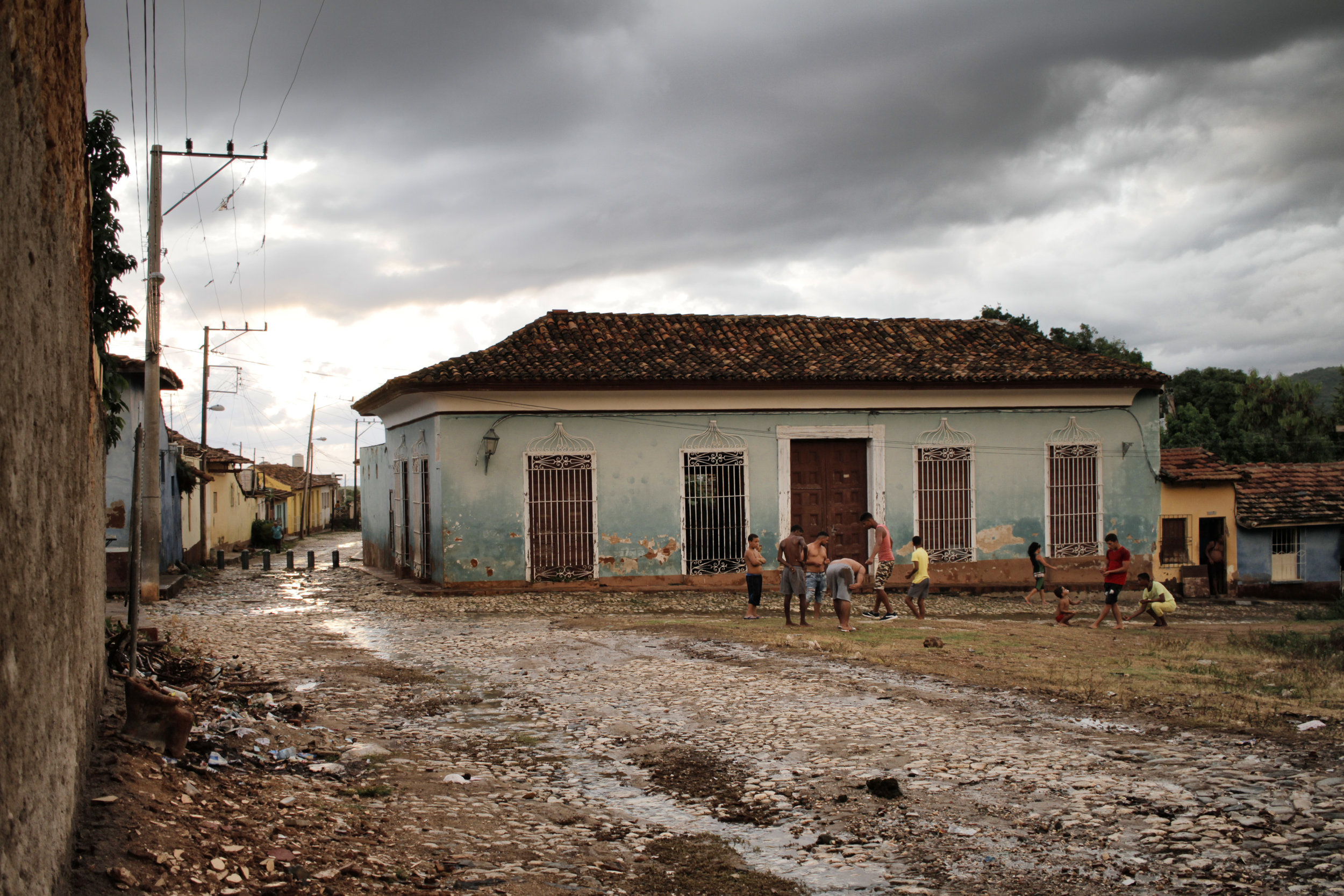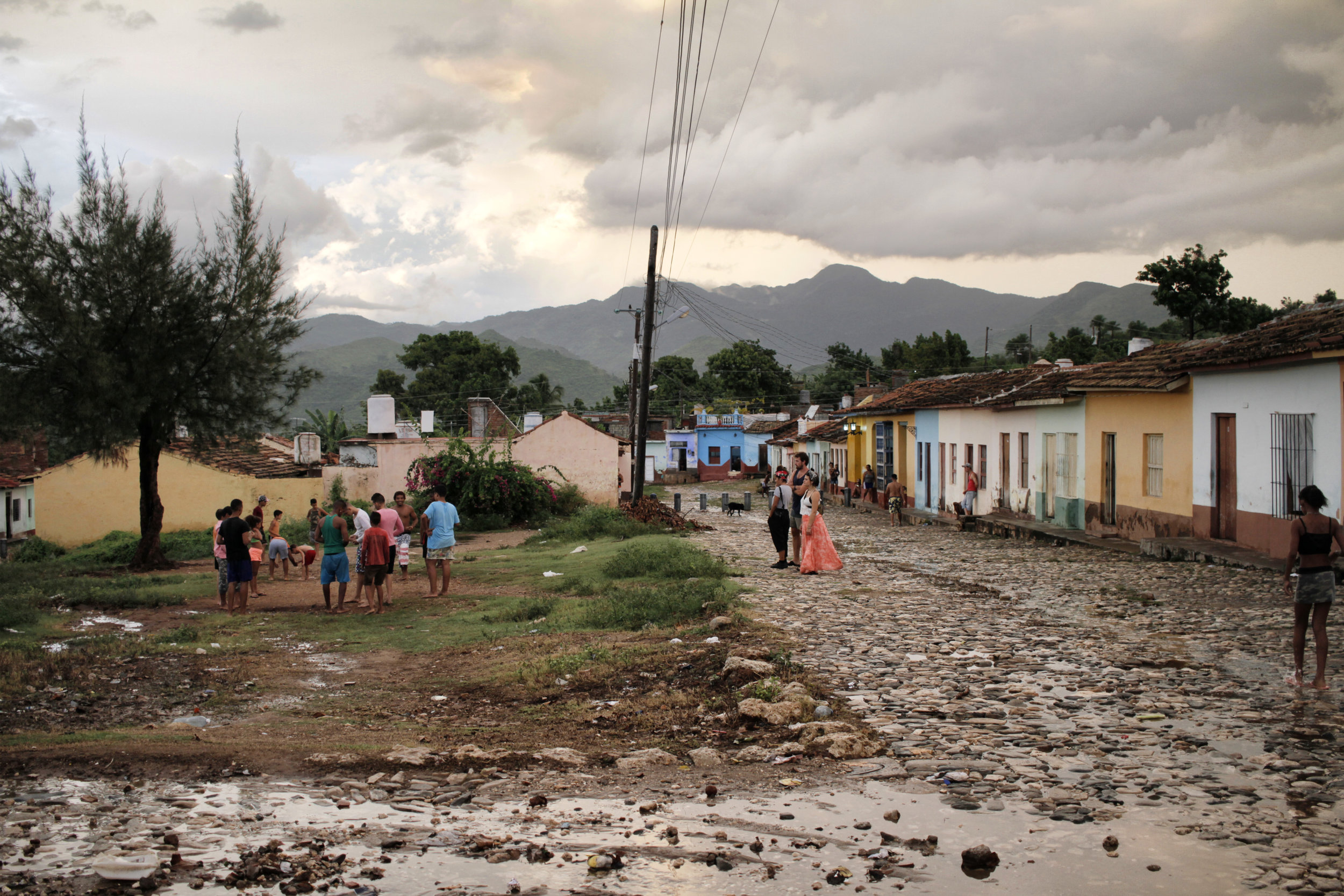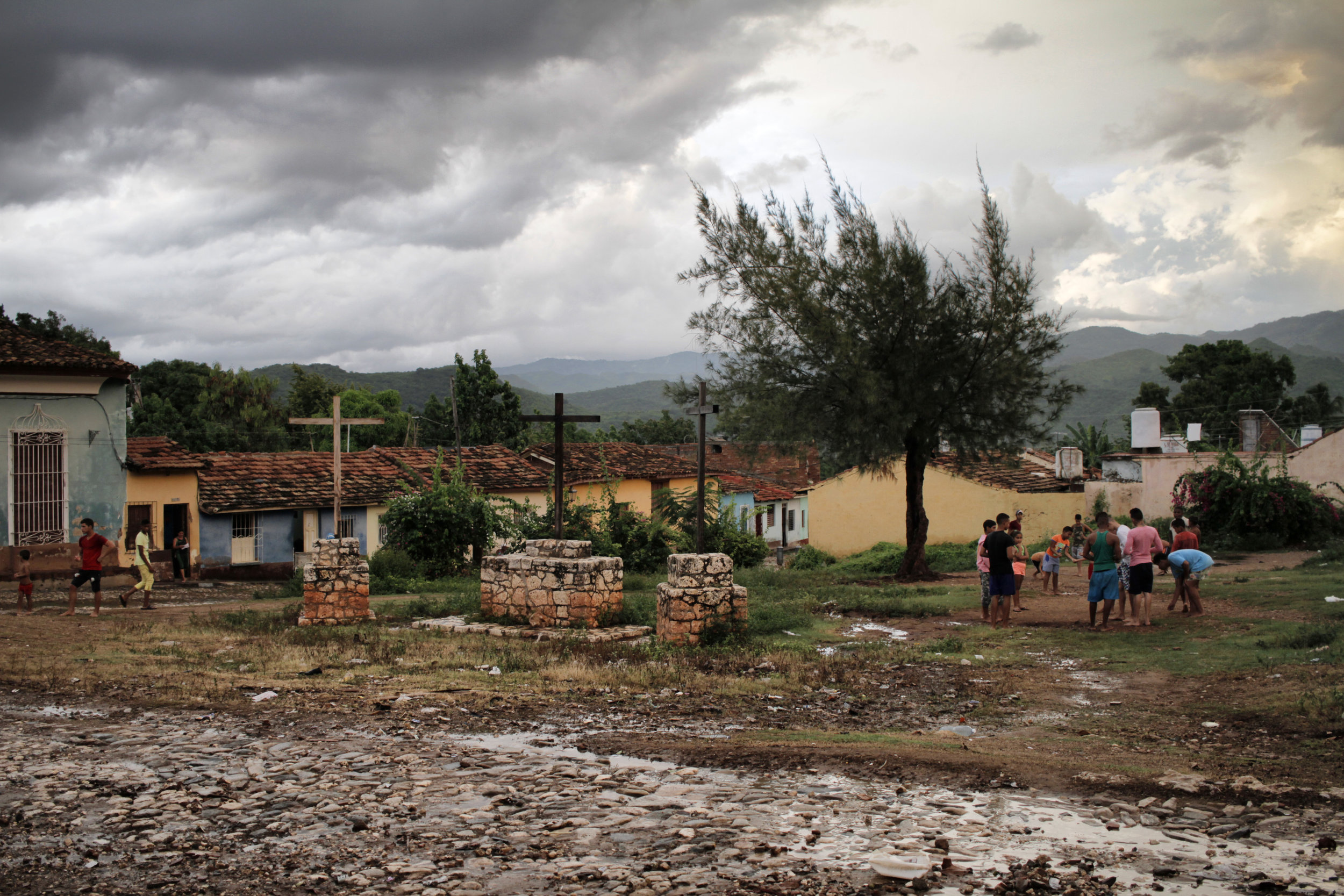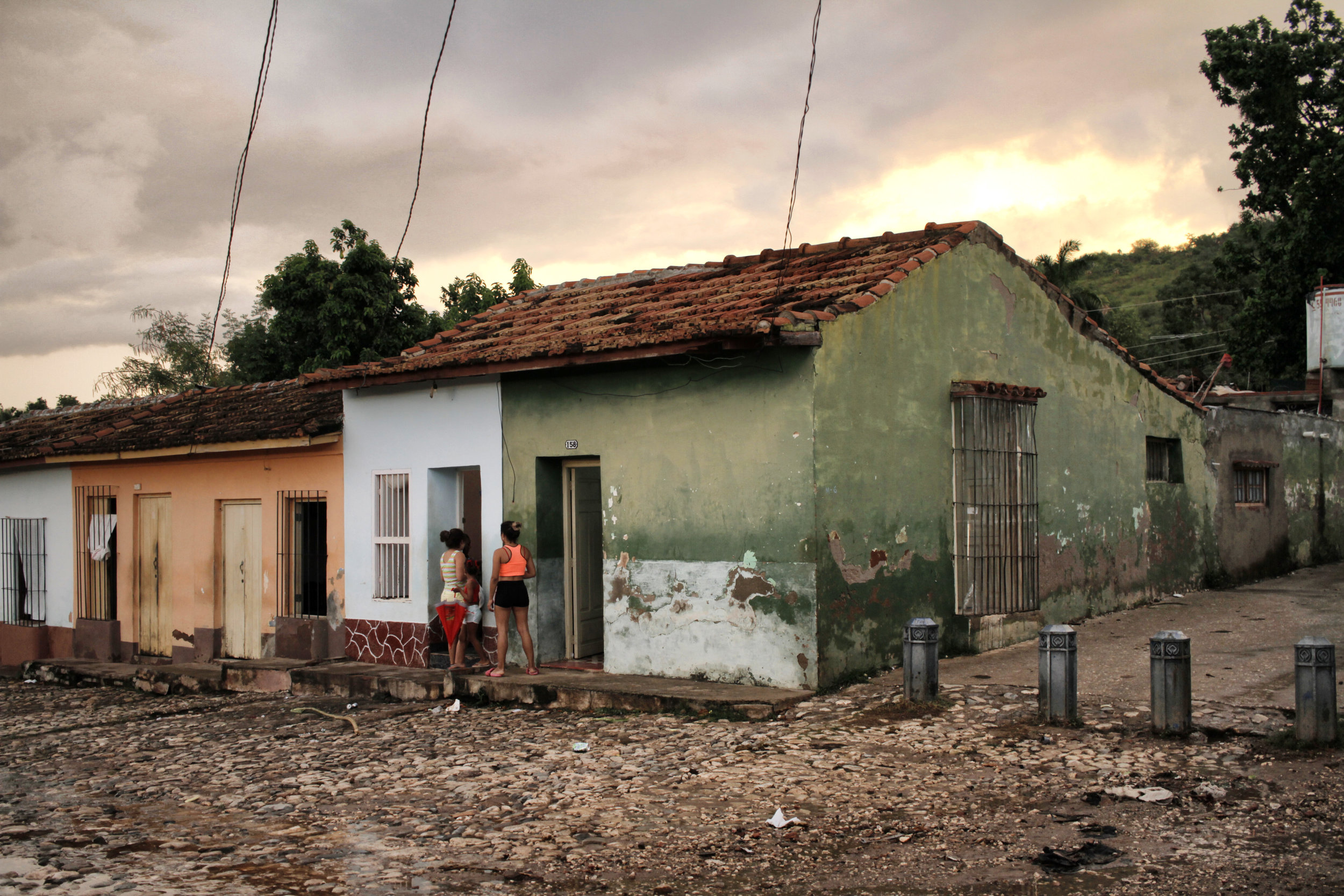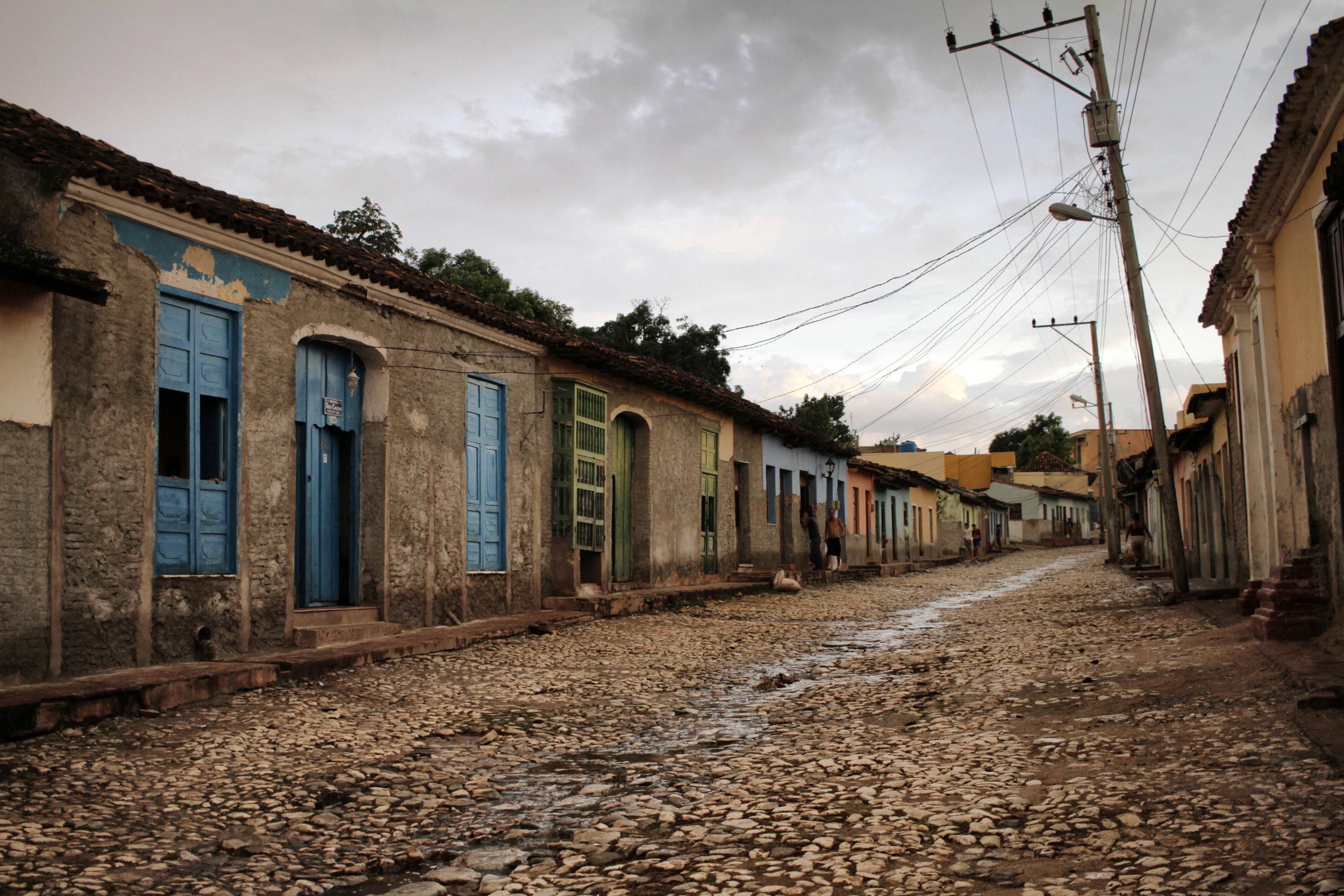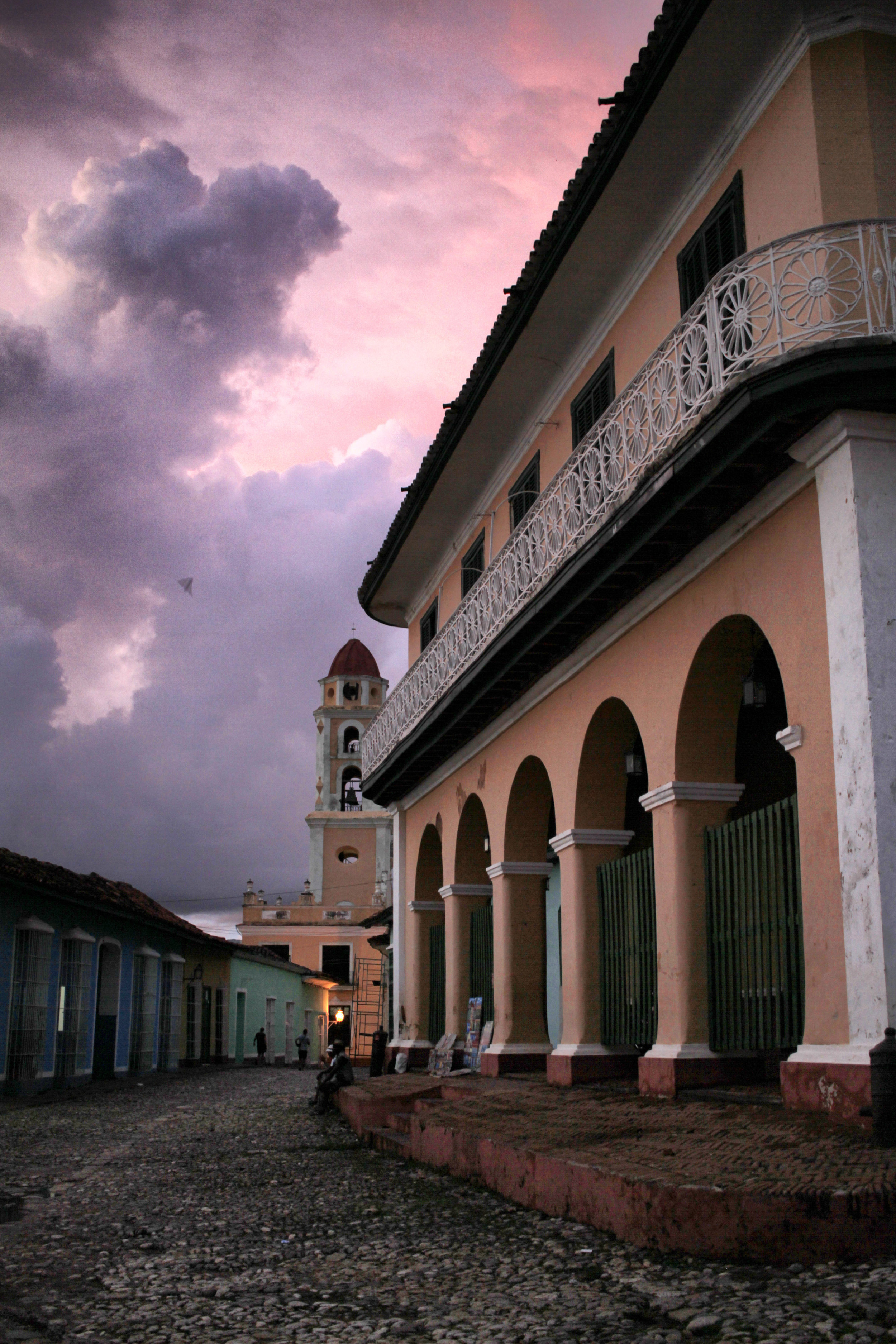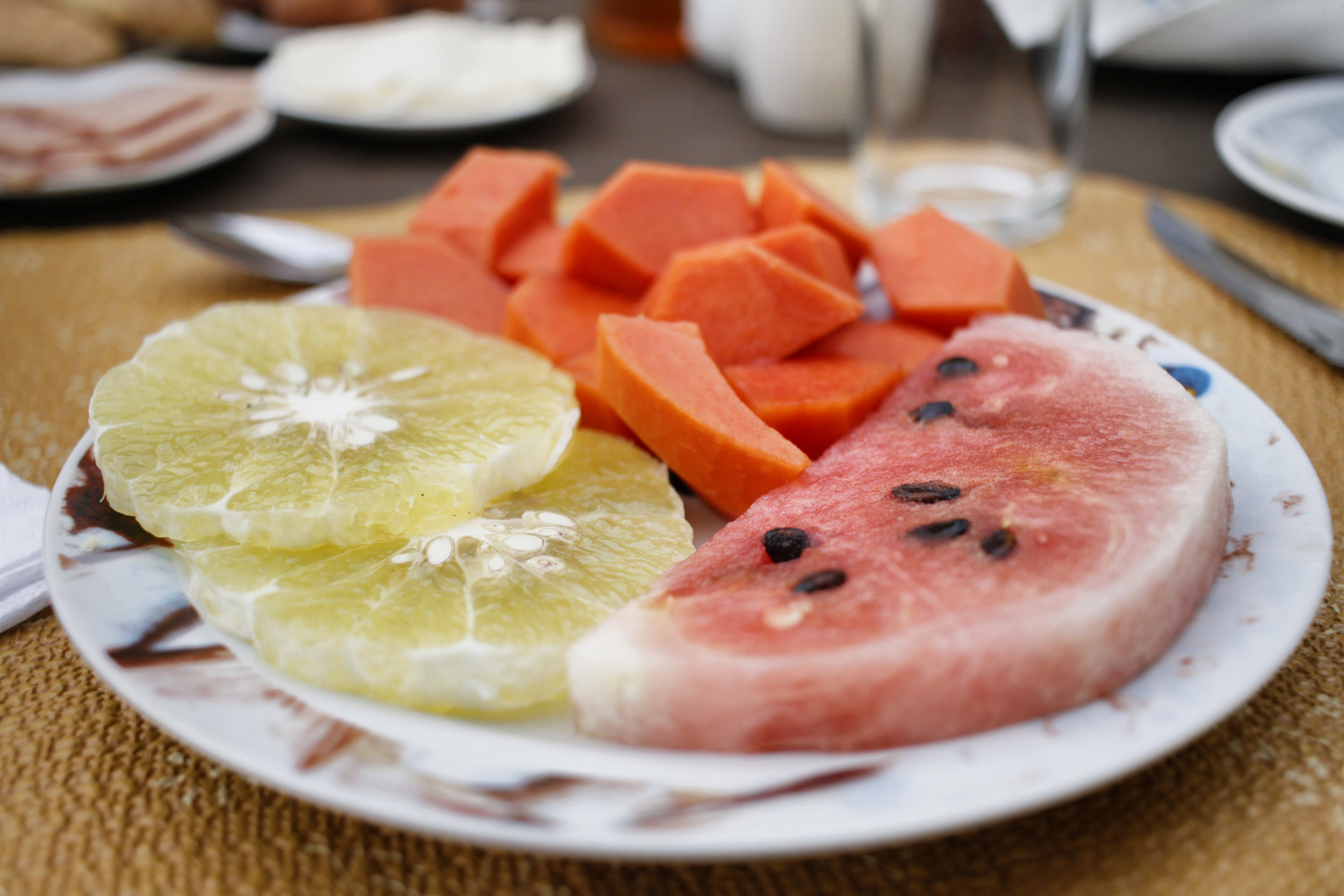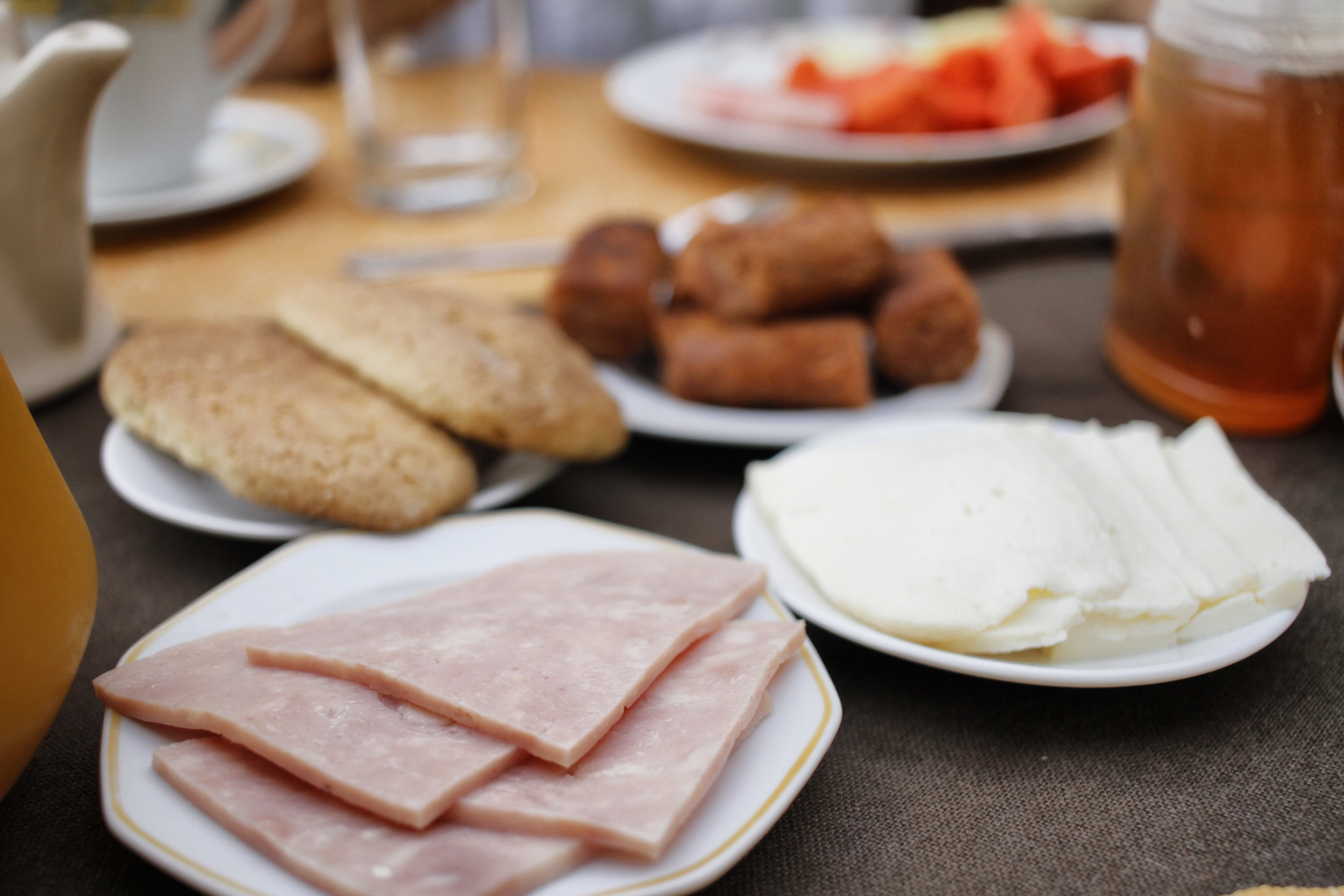Cobblestone Streets of Trinidad
Best things to do in Trinidad: explore Cuba’s former sugar industry center, well-preserved Spanish colonial architecture & local beaches with this travel guide.
With a long history and tropical climate, Cuba is a large island country in the Caribbean, composed of the main island and many smaller ones.
Most people are familiar with Cuba for classic vintage cars, vibrant music and dance and high-quality cigars and rum. But the country offers so much more in the way of historic colonial architecture, particularly in Old Havana, beautiful beaches and stunning valleys.
Trinidad has been a UNESCO World Heritage site since 1988 due to its historical importance as a center of the sugar trade in the 18th and 19th centuries. It’s also one of the most well-preserved cities in the Caribbean from a time when the sugar trade was the main industry in the region.
It's also famous for its vibrant live music scene, particularly salsa, and the city's proximity to both beautiful beaches like Playa Ancon and rolling mountains.
Our 10 days exploring Cuba began with a ton of research and a flights into its capital city, Old Havana for historic colonial architecture, vibrant culture, (think, iconic classic American cars, live music and dance) and revolutionary monuments and symbols.
After Havana, it was on to the cobblestone streets of Trinidad, where we’d check out old sugar mills, cobblestone streets and colorful buildings and local art scene.
Chasing waterfalls in Cienfuegos followed, with its well-preserved French-influenced architecture, natural beauty and vibrant cultural scene.
Last, we visited the mogote hills of Viñales Valley to discover Cuba’s slower pace of life with tobacco farms, botanic gardens and undergroundcaves.
Best Things to Do in Trinidad
Arrive / In Trinidad
Appreciate / The local art scene
Embrace / El Mirador from above
Check Out / Sugar Mill Valley
Admire / Manaca Iznaga Tower
Sip / On cocktails at Casa Chichi
Chill / At Playa Ancon
Explore / The cobblestone streets of Trinidad
Enjoy / Cuban breakfast
Best Things to Do in Trinidad
Arrive in Trinidad
Getting to Trinidad from Havana was fairly simple by arranging a “collectivo” costing 30 CUC or $30 USD (we overpaid). A small taxi picked us up and continued on for a few others. The four-hour ride was easy other than a rainy start. Halfway through we stopped for some fresh air and reached our hostel, Hostal German 1806, in the early afternoon.
Hostel German 1806 was adorable and all ours for the next few days. Upon arrival the owner, Emillio, offered us fresh squeezed orange juice and an overview of Trinidad. On the upper level was our private room, bath and small patio with a view where we could enjoy breakfast.
Emillio helped set up local tours and taxi drivers, as well as cook up a mean breakfast each morning. The accommodations were both private and comfortable, in a great location and super clean. It was a very special place to stay and super affordable at 30 CUC a night. Emillio even gave me a liter of fresh honey to take home for 8 CUC.
After check in, we were starving, ending up at a restaurant called Caniba. Unfortunately, it wasn’t great, a familiar story in Cuba. The food lacked flavor and was smothered in mayo. As we finished up our meals, an intense rainstorm rolled in and nearly trapped us inside the restaurant. It was rainy season, after all, and boy did it rain!
Appreciate the Local Art Scene
Later on we went to explore the cobblestone streets, still covered in puddles. The homes were old and painted in bright lively colors. There were a handful of shops open but nearly every one was selling identical t-shirts, wooden knickknacks and trinkets that weren’t of much value.
Luckily we discovered a gallery spilling into three large rooms. Every wall was covered in gorgeous paintings from floor to ceiling. The gallery featured local artists; one of which I fell in love with. Yasiel Elizagaray Cardenas’ oil paintings are dark and creepy. They use clowns as a metaphor to raise questions about reality and the human condition. Some of his larger pieces were 1,000 CUC ($1,000 USD), so I settled on a tiny vertical piece for 45 CUC, thankful that I didn’t walk away empty handed.
That evening after wandering the streets for hours looking at menu after menu we settled on a rooftop restaurant. We ordered shrimp and rice with guava smoothies but the shrimp was out of season and teeny tiny. The rooftop was very pretty though, covered with trees and hot pink flowers climbing between the tables. Live music played in the main plaza as we relaxed.
Embrace El Mirador From Above
First thing in the morning, breakfast was served on our patio. Emilio prepared fruits including guava, banana and watermelon, fried malanga commonly known as the root vegetable taro, scrambled eggs, bread, cake, fresh orange juice and coffee. Everything was incredible.
Originally, our plan was to hike the local mountains or visit Parque de Cubano in search of waterfalls but with the enormous amount of rain it was deemed unsafe. Instead, Emilio arranged for his friend, Junior, to take us on a private “tour” stopping off at the best local spots.
Around 9:30 a.m. we hopped into our taxi. The first stop was El Mirador, the highest viewpoint in town.
You could see for miles and the landscape was gorgeous, covered in green vegetation and palm trees.
Check Out Sugar Mill Valley
Our next stop was an old sugar cane factory turned museum located in Valle de los Ingenios (Sugar Mill Valley). We learned that Americans came to Cuba in the late 1800’s to set up the sugar business. However, Castro leaned on sugar to pay for his revolution and in 1959 when he led the overthrow of Fulgencio Batista, he seized all the sugar mills from their foreign owners, many of them American.
By the early 2000’s Castro announced the government would close nearly half the island's 156 sugar mills, which for most of the 20th century were Cuba's number one source of cash. Profits had fallen drastically, prompting the government to focus on other products such as citrus, tobacco and cattle. But with more than half a million workers connected to the sugar industry on an island of 11 million people, many were forced to leave jobs that have been in their families for generations.
This sugarcane factory switched over to Cuban ownership and then to FNTA (Frente Nacional de Trabajadores Azucareros), finally closing in 2004 due to changes in the economy and export market. For Cuba, the passing of the sugar era is not just the loss of an industry, it’s the death of a Cuban symbol.
Historically, Cuba exported a huge amount of brown sugar, particularly to the US, but now keeps most of it for local use, only exporting a small amount. The loss of this factory had a tremendous impact on the area. Years ago, 56 privately owned sugar mills used this central location to process sugar cane. Products like sugar, rum, paper and a special alcohol called aguardiente were produced but once closed, everyone was on their own.
Just outside, we were able to sample a delicious sugarcane juice with a raw piece of sugarcane placed on top as a garnish.
Both were incredibly delicious. For the raw sugarcane, just chew lightly to release the flavors.
Admire Manaca Iznaga Tower
Continuing on in Sugar Mill Valley, we visited Manaca and specifically the Manaca Iznaga Tower, the tallest lookout tower ever built in the Caribbean sugar region said to have been used to keep an eye on plantations slaves. There were also many vendors selling handmade textiles in the area. It’s also possible to climb up the tower but with the heat we decided to pass.
See if you can find the small shop and restaurant to the left of the tower. There’s a gorgeous view where you can see the tower clearly.
Sip on Cocktails at Casa ChiChi
As a surprise, Junior dropped by Casa ChiChi, a local pottery house in Trinidad. This Spanish family-run workshop is famous nationwide and still open today after being taken over in 1962 by the Cuban government. The Santander family continues to operate Casa ChiChi and uses old fashioned pottery methods like pulling clay from local caves and using a wood-fired kiln.
Inside Case ChiChi you can browse around thousands of pieces of pottery and watch as it’s made firsthand. The workshop also offers little cocktails called Canchanchara made with the local alcohol aguardiente, lemon juice, gas water and honey.
Talk about strong but delicious! And I picked up two of the beautiful clay sipping cups to take home.
Chill at Playa Ancon
With a rare sunny day before us, we ended at Ancon Beach, 20 minutes south of downtown Trinidad on the Caribbean Sea. The waters were clean and clear without many visitors.
We enjoyed the sunny weather and spent some time in the warm waters. Beach side was a little restaurant where we ordered mojitos and ate lunch. Junior joined us for a delicious meal of lobster, shrimp, rice, sweet potatoes and salad.
Explore the Cobblestone Streets of Trinidad
In the evening, we explored the colonial cobblestone streets of Trinidad once more, following them through the city center and out toward the edge of town where we found kids playing in the streets.
Other than the few young kids, the streets felt completely abandoned as if there was something calling locals inside their homes or maybe they were just anticipating the weather.
Most incredible was the sunset, a gorgeous backdrop to the colorful buildings and palm trees shooting up into the bright sky. The town felt moody, on the verge of a storm.
Enjoy Cuban Breakfast
After a long stormy night filled with crowing roosters and pounding rain, breakfast was served at 8 a.m. on our balcony. Breakfast included scrambled eggs, ham, cheese, croquettes, honey biscuits, french bread and fruit with mango juice and coffee. Our time in Trinidad had come to an end and it was time to move on.
To be honest, Trinidad was tough one. Many of the restaurants were touristy, overpriced and not super tasty. It was nearly impossible to find local Cuban food. And there were torrential downpours causing floods every evening around dinnertime and through the night.
Next up, Cienfuegos, a city on the southern coast of Cuba coined “Pearl of the South” where we would hit the beach, hike El Nicho and explore the colonial-era buildings and Bahía de Cienfuegos near central square, Parque José Martí.

